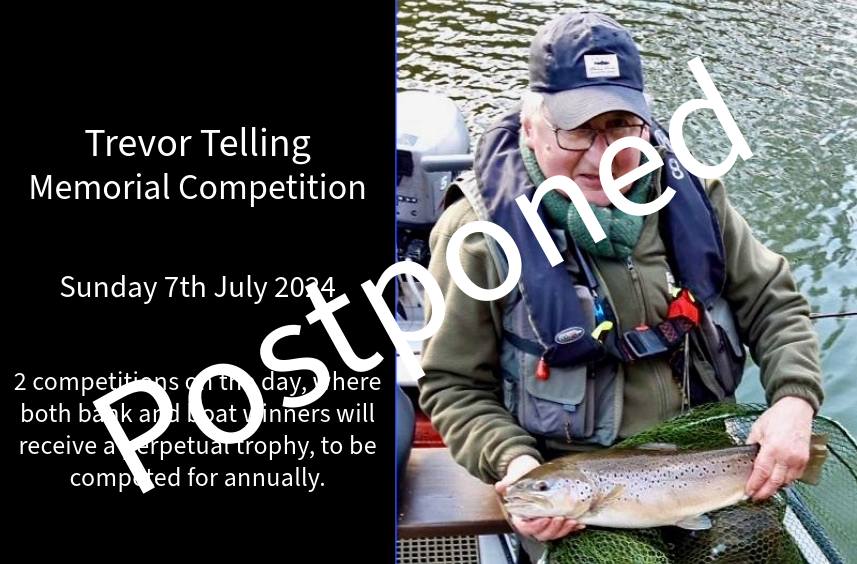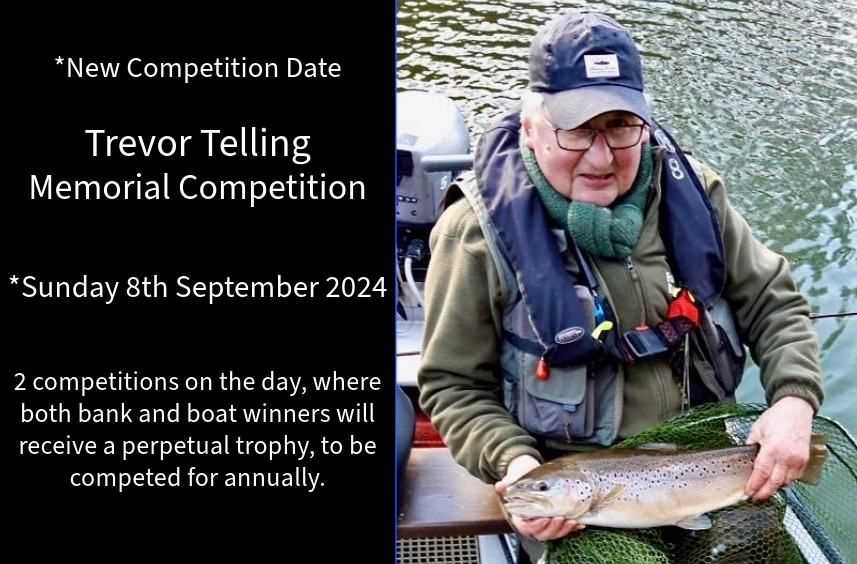
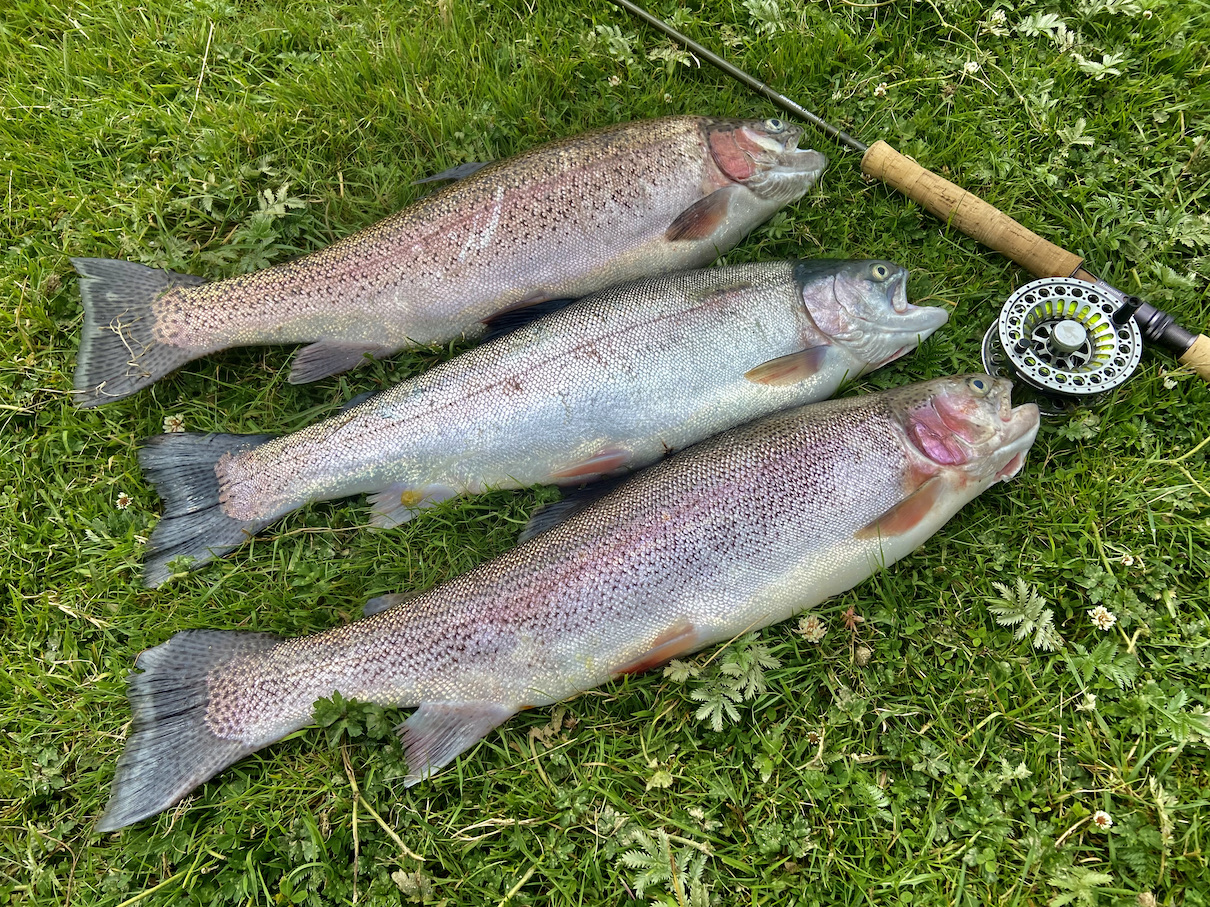
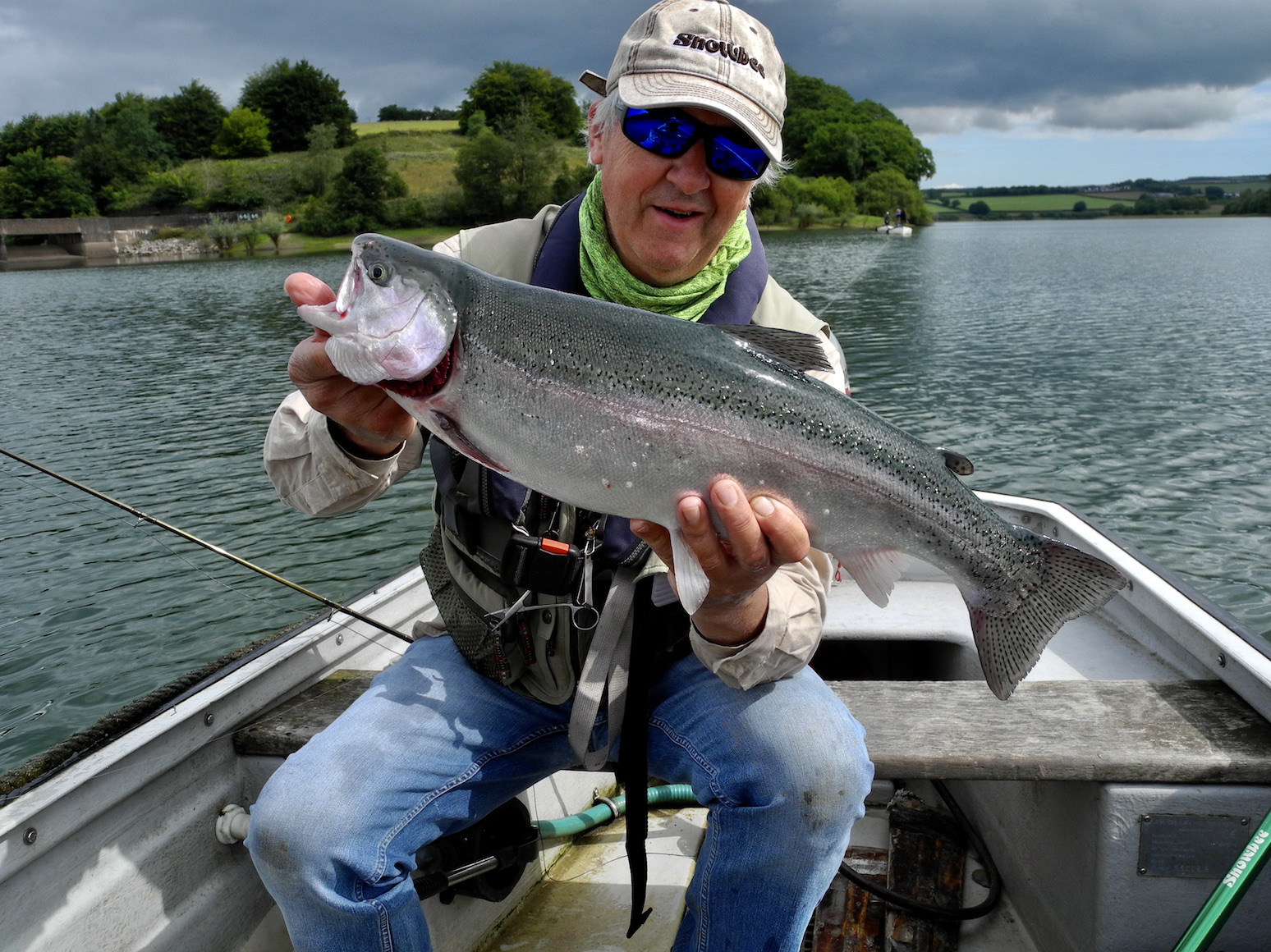





We were wandering around the Exford Show Last year when I came across Border Country Belts who produce high quality leather belts with unique brass buckles portraying aspects of country Life.
Chatting with Henry the stall holder I said it would be good if there was a fish emblem with perhaps a trout or salmon. I thought that there would be a place in the market for this and hopefully sowed a seed. Twelve months on and Border Belts are producing a limited number of brown trout inspired belts. The Exmoor wildbrown trout belts are hand stitched using oak bark tanned leather.
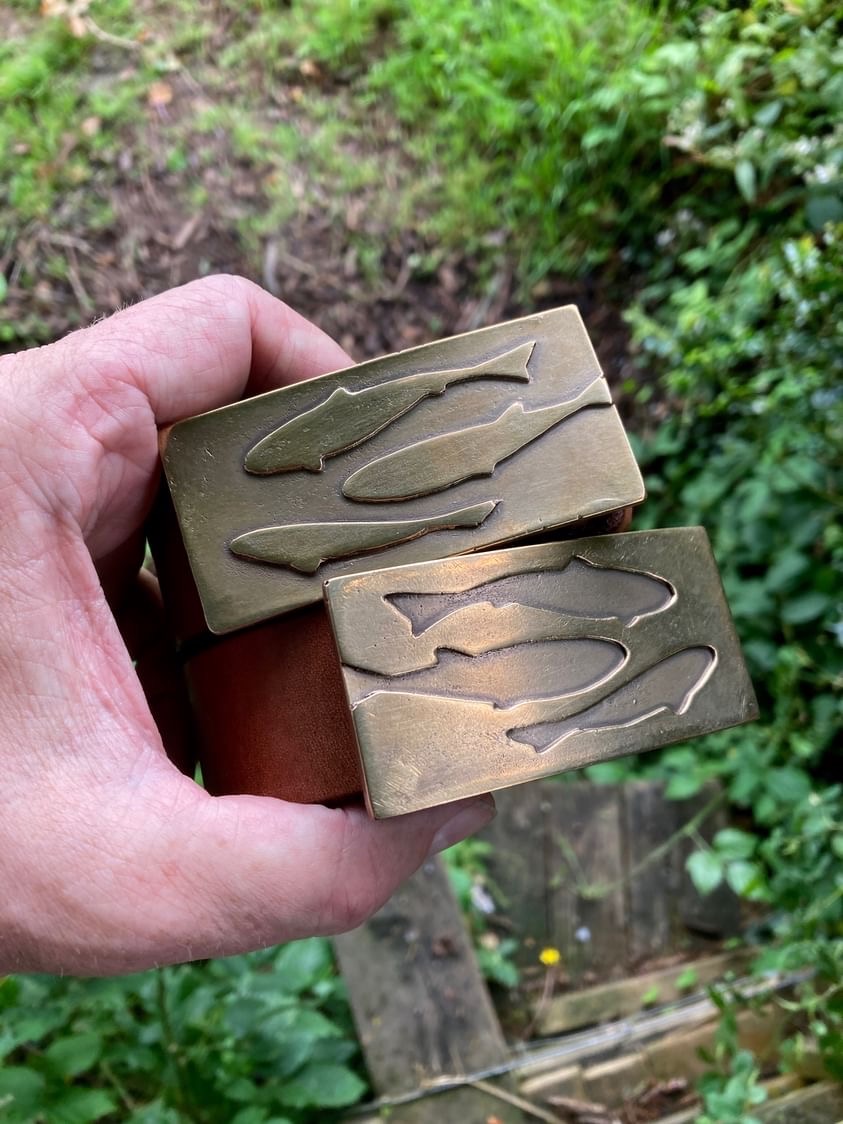
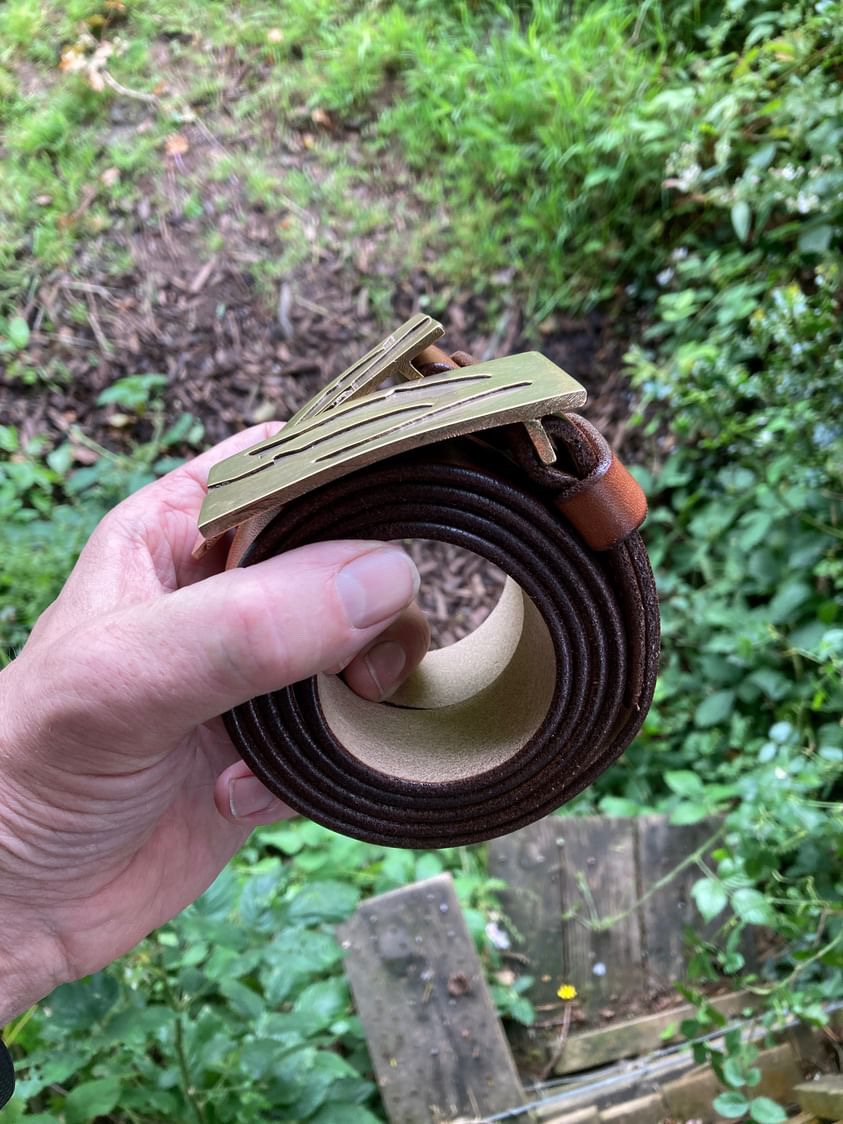
The buckles are always created as pairs – one is “heavy” with the design inset and the other is “light” with the design raised – this corresponds to a difference in weight, but not that you’d notice when wearing them. The buckles are cast in bronze – we have done a test casting, six of each to start with to see how they go. We will be doing an edition of 25 each in the autumn so they will be ready for Christmas. The belts are handstitched and available both in standard – small (24″-30″), medium (30″-36″) and large (36″-42″) and made-to-measure. Both options are the same price £160 (including delivery). We offer 10% off if you follow us on Instagram and they are normally 20% off at shows – such as the Mid Devon. Thanks for your interest in the belts – hope the fishing community approve!

It’s no secret that our piscatorial triumphs sound so much better in the telling if the heroic angler out-wits a wily foe. So we embellish our trout with fishy superpowers like intelligence and emotional guile. Even when we lose them, we’re never beaten by a run-of-the-mill fish: It was ‘big, arrogant and knew exactly what it was doing!’
I suspect it’s mostly male vanity that needs to prove its mettle in combat with a 12” fish, although with time most of us learn there isn’t a trout physically mighty enough for victory to transform us into warrior princes or princesses. So we also need clever fish to make us look good. Size isn’t everything. Is it?
And yet. Type “Think Like a Trout” into your search engine and admire the flood of results. They all agree: To catch a trout, we must first know its thoughts and so anticipate its deeds. In the telling of this eternal and epic struggle, we humans are always one step behind the fish. Trout, we are told, can outwit us.
This warning is intended to open our wallets because, back in the human world, Trout-Thinking sells. You can buy the books, subscribe to the podcasts and clickn’gift your data. It’s a thriving market that gets bigger every year. Enthusiasts dream of fluency, others monetise it and a proud few say they learnt it from a parent.
This fish-think market is distinctly weird because, at some elemental level, all these anxious, charge-card wielding anglers are worried about being out-thought by a fish. Which, I hope you agree, is a very low bar.
So what might these devious fish be capable of? The irrepressible jazz maestro and fisherman George Melly set that bar high by extending a thinking trout’s repertoire into personal harassment. He attributed “a malicious sense of humour” to a large trout that he’d lost several times over a season, effectively granting it brains, cultural sophistication and serial bitchery. It’s fair to say that a fish armed with a malicious sense of humour would have met its match in George, who had a razor-sharp wit of his own. There’s also a very old adage that advises us never to let the facts get in the way of a good story. Perhaps some seriously-minded trout-thinkers have felt persecuted by a fish, but I’m sure George wasn’t one of them.
Writer John Gierach has also made an astute observation: “The things fishermen know about trout aren’t facts but articles of faith”. I think he’s onto something.
Which, I suggest, is why Trout-Thinking is only ever found in people. Never trout.
There are many good reasons why this is a skill too far for fish. Top of the list is that trout lack the sophisticated Cerebral Cortex we use for sentient thought. So although they’re not brain-dead, they’re brain-lite. They can learn from experience (hook / bad), but no trout has ever produced anything as clever as a conscious idea, let alone one intended to outwit us.
It gets worse. Fish brains are about 7% the mass of similarly sized birds (which do have a cerebral cortex). Chicken-Thinking is, by comparison with trout, classy and sophisticated. This is all rather awkward for the trout-thinkers: If they’re struggling with a fish, they’re going to be humiliated by a chicken.
Thanks to neuroscience we know trout are hard-wired to feed reflexively, just as they do most things reflexively. So we are told they are primarily triggered to take a fly by its shape, size and position/movement in the water. They don’t think about it, they just get on with it.
Then there is the fierce competition from other fish. Survival dictates that trout eat first and ask questions later (for the trout-thinkers, that’s a metaphor). Perhaps they have a bit more reaction time in still-waters than rivers, but in both settings this urge to get there first works in our favour. We’ve all seen a fish surge a couple of meters to snatch a fly.
So if the trout are feeding freely and we’re not catching any, it’s not because they’re being capricious. Clearly, something else is going on.
This something is most likely us, the human with a rod in its hand. That and Murphy’s Law (if a thing can go wrong, it will).
Happily, we have our own super-power: We can Think Like A Human. So, we can read the river and the weather. We can choose a fly to resemble those on the water – or not, or even something stand-out different. We can consider colour, smell and sound. Or sunlight, shade, water temperature and more, all of which may set off different hard-wired feeding patterns. As can a fish’s lateral line.
Next comes by far the most important part: We must apply all our skill, knowledge and experience to put the fly in the right place on or in the water. Once there the way it moves can also seduce or repel fish. It’s not easy, perfection is unattainable and there will always be fish we can’t catch. And when we fail it’s a very lame excuse to blame a scheming trout.
We humans have opposing thumbs for casting and a huge brain-powered edge over trout. Dumbing down and projecting Trout-Think onto a fish won’t impress it, although it’s pretty good at hooking humans.
So perhaps we could stop pretending that trout see themselves as fey schemers intent on frustrating our noble designs. Heck, they don’t even know they’re fish.
The bottom line is that our ancestors emerged onto land about 400 million years ago and fish have a lot of catching up to do. And so do some people.
It helps me a lot if you can share my work with friends and colleagues. And if you’re not already a subscriber, then pls click the button below. Subscriptions are free, or if you’re feeling generous, about the price of a fat slice of cake a month. Thank you!
South West Lakes Trust Trout Fisheries Report
July 2024
The weather has been warm and humid, and, in spite of some rain, the water levels have now started to drop; water temperatures have remained cool enough generally for fish to keep active. There has been plenty of insect activity and the fish have continued to feed keenly, both on the surface and below.
Fishing:
Kennick – Rods averaged around 1.5 fish per angler, with fish well spread out around the fishery; bank anglers enjoyed slightly more success than the boats, with Clampitts Bay, The Narrows and Poplar Bay fishing particularly well. Floating lines with a long leader with a variety of retrieval methods proved the most successful, with Claret Hoppers, Sedge patterns and Beetles catching surface feeding fish, and either nymph patterns (Damsel, Hares Ear, Diawl Bach and Buzzers) or lures (Viva, Cats Whisker, Tadpoles and Muddlers) catching the deeper feeders.


Siblyback – Here anglers are enjoying some quality sport, averaging 4.3 fish per visit. Stocky Bay, Two Meadows, Crylla and the West Bank are producing the most consistent fishing and best results, using either floating or intermediate lines. Fish have generally tended to be just under the surface, rising to feed on beetles and hatching midges (when CDC buzzers, Hawthorns, Bobs Bits, Hoppers and Beetle imitations have worked particularly well). Deeper feeding fish have taken Damsels, Buzzers, Diawl Bachs or lures (such as Orange Blobs, Vivas, and Tadpoles), all with a slow retrieve. Al Lawson (from Plymouth) caught five rainbows to 2lb, with fish hitting both the buzzers, fished washing-line style, or taking the Claret Hopper on the point.

Burrator – The fishing here has become more challenging as the month progressed, with a few fish rising (when Claret Hoppers have worked well), but most fish have stayed to feed in the deeper water. Floating, Sink-tip, Intermediate and sinking lines have all caught fish, with a slow retrieve producing the best results. Sub-surface feeding fish have taken Montanas, Damsels, Buzzers and Hares Ear patterns, with Back Bay, Longstone, Bennett’s Lawn and Pig Trough all holding fish.
Stithians – Continued to fish well, with plenty of fish looking to the surface and eager to feed. Floating lines with a very slow retrieve produced some excellent sport, with a variety of dry patterns (Beetles, Daddies, Adams, Sedge patterns, Hoppers, Bobs Bits and Hawthorns) all catching well; otherwise, Diawl Bachs, Buzzers and Black and Peacock Spiders fished just below the surface caught the deeper feeders. Popular locations included Yellowort, Golden Lion Point, North Bank, Pub Bay, Goonlaze and Pipe Bay. Simon Peters (from Cusgarne) managed to catch eight rainbows, one blue and one brown trout in one session – starting early in the morning (5.30am), and fishing along Sailing Club Bank using Dry Foam Beetles, to finish by 8am.

Fernworthy – The sport picked up at Fernworthy as the month progressed, when anglers averaged just under three fish per visit. Generally fish were well spread out around the lake, although Thornworthy, Brownhills and Permit Hut Bank produced the most consistent fishing. Sporadic hatches of small black buzzers brought fish to feed on the surface, when they could be caught using Black Gnats and Hoppers; otherwise shallow-fished Pheasant Tail Nymphs, Black and Peacock Spiders, Invictas, Bloody Butchers and Damsel nymphs all produced some great sport.
Colliford – The excellent sport continued at Colliford, with anglers averaging just over five fish per visit; most of the banks held fish, with Lords Waste, Spillway, Pines and the Dam Car Park Bank producing particularly consistent sport. With plenty of insect hatches (midge and sedge) as well as beetles blown onto the water, the Colliford browns proved eager surface feeders, either taking dry patterns (Bibio Hoppers, Beetles, Hawthorns and Sedges), or nymphs and wets fished in the top two feet of water (Diawl Bachs, Black and Peacock Spiders and Orange Pheasant Tail nymphs in particular). Generally floating lines and long leader and a slow retrieve proved to be the best method. Mark Lambert (from Hitchin) caught twenty fish, all on dries, keeping on the move to cover as much bank as possible.
Roadford – Anglers averaged 3.7 fish, with the banks at Anglers Car Park and Wortha proving to be the best locations. Few rising fish meant that sub-surface patterns fished on floating lines produced the best results. Popular patterns included Cormorants, Iron Dun, Damsels and Bibios. Duncan Kier (from Belstone) caught eight browns to 1lb 8oz in a session, while Alan Judd (from Seaton) caught eight browns to 1lb fishing from a boat, using a variety of sunk patterns on a floating line.
Please see the Trust’s website (www.swlakestrust.org.uk/trout-fishing) for more information on buying tickets, boat availability and booking, and forthcoming events. The Trust will be offering beginners’ taster days at Roadford, Burrator, Stithians, and Kennick throughout the season, assisted by local experienced guides and instructors. The Trust, in conjunction with Fluff Chuckers, will be running a Brown Trout Masters competition this season, to be held over three dates at Colliford, Fernworthy, and Roadford – please see the website for more information.
Chris Hall (July 2024)
Wistlandpound

Wistlandpound in North Devon often gets overlooked which is a great shame as it is a delightful fishery with some hidden gems. Derek Spears sent me this image of a superb wild brown trout he tempted during a short evening session.(Estimated at 2lb 8oz to 3lb ) I met Derek whilst enjoying a short session there myself.
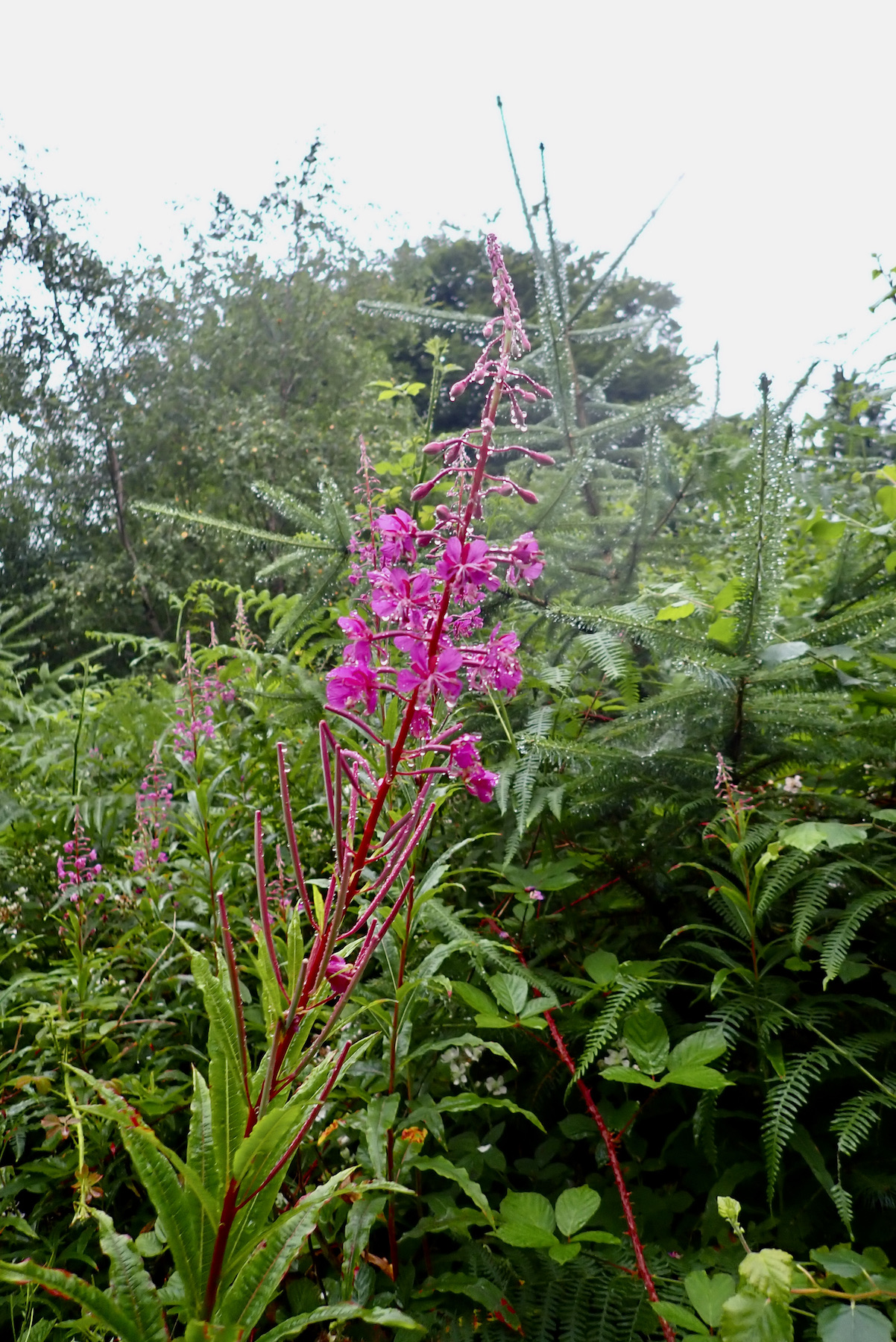

It was a murky overcast evening with occasional drizzle. The loosestrife was glistening with water droplets as I navigated the lush colourful perimeter path. Arriving at the water’s edge it was immediately apparent that there was plenty of fishable bank space now that the water level has dropped.

I set up with a black spider on the point and a black pennel on the dropper. Second cast I hooked a beautiful crimson spotted brown of perhaps 10″. On the next cast a very good brown trout converged on the fly but I failed to connect.

I searched the area further with no further result. Moving on I looked across the lake to see another angler doing battle with what was undoubtedly a good fish. (This was Derek with the trout pictured above).

The top inlet area of the lake produced another wild trout and half a dozen bronze flanked Rudd. As the light faded I changed to a small black Wooley bugger and was delighted to catch a couple of trout topped by a hard fighting brown of over 1lb. Another much larger fish swirled behind the lure fuelling my enthusiasm for a return visit. The large numbers of rudd fry now present ensures a good food supply for the larger wild browns that lurk within the water. I feel sure that some lucky angler will hook into a surprisingly large trout before the season ends.


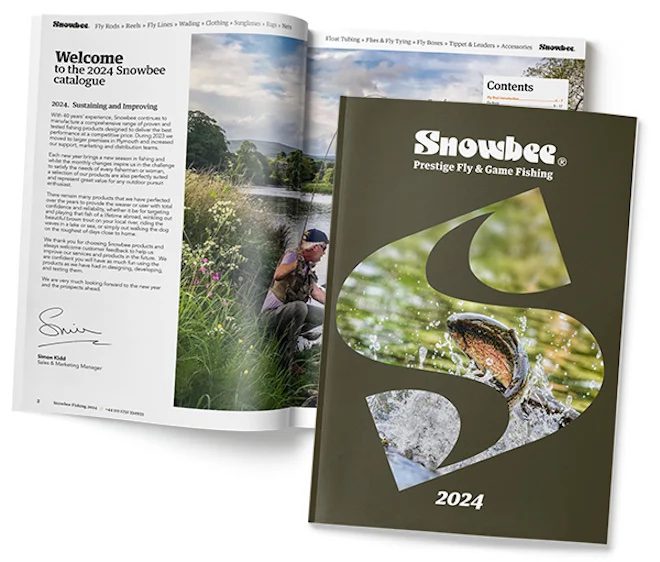
Back in March 4 Cadets from Great Torrington Detachment, Devon Army Cadet Force and 1 pupil from Marland Secondary School, Barnstaple took on the challenge to learn Fly Fishing for the Skills section of their Duke of Edinburgh’s Award.
Sgt Oscar Beer, L/Cpl George Batten, L/Cpl Koby Sheppard, Cdt Ted Symons and Miles Holland from Marland School.
During the course they learnt all the elements needed to become confident still water anglers such as types of lines, leaders, tippets, flies, role cast, false cast & retrieve.
The course also consisted of a day’s Fly Tying; this enabled the lads to tie a selection of flies for the 2 lake days of the course.
Special thanks to Paul Cozens at Simpson’s Valley Trout and Course fishery for his continued support on our first lake day 22/06/24, although we didn’t catch any trout the lads had a great day, it also proved how difficult trout can be some times (all good practice) but one of the lads did manage to catch and land a 7lb Pike on a small nymph pattern.
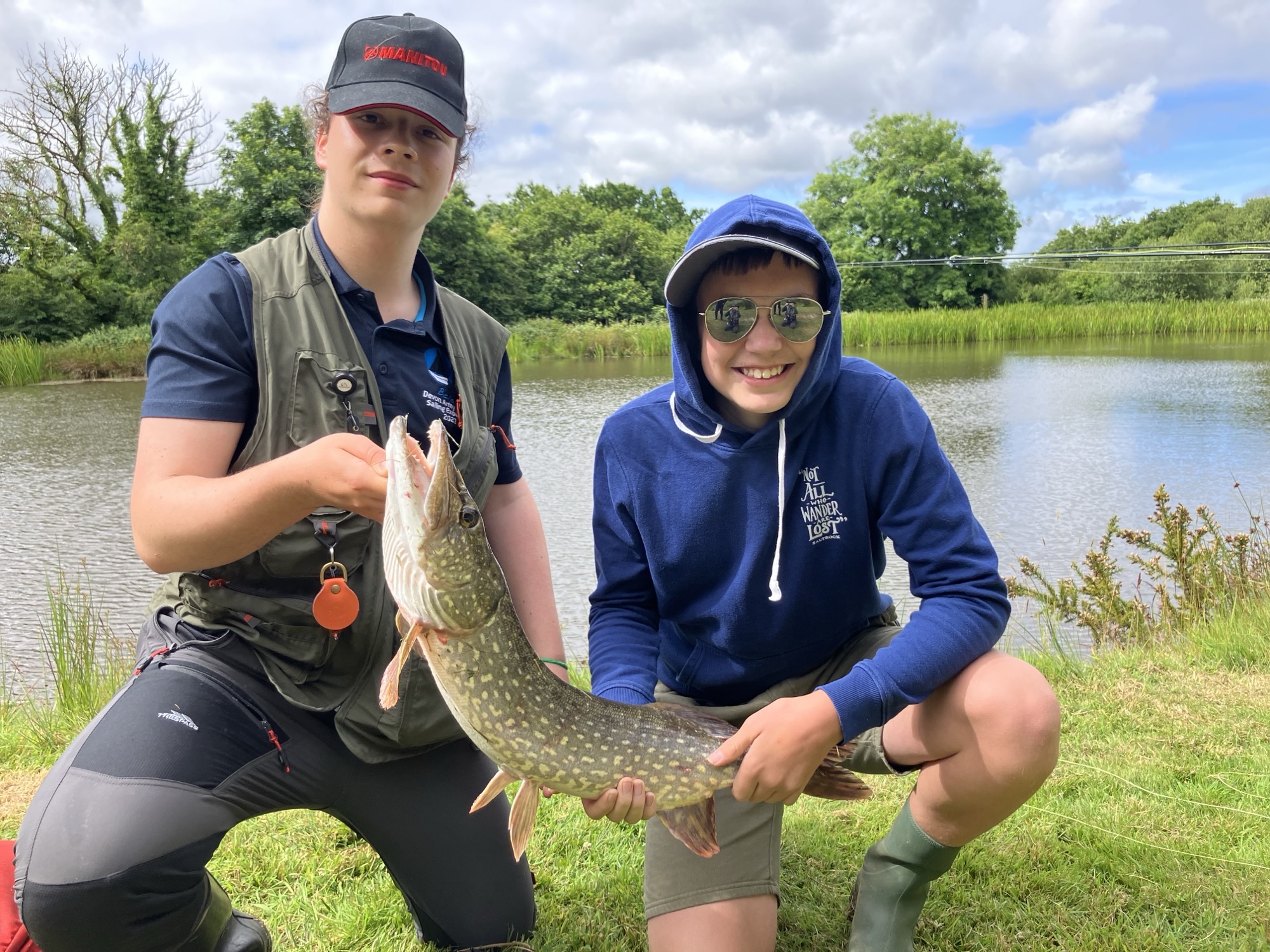
Special thanks also to Tom and Nigel at Bulldog Fisheries for their support on our second lake day 13/07/24 and providing a great end to the course.
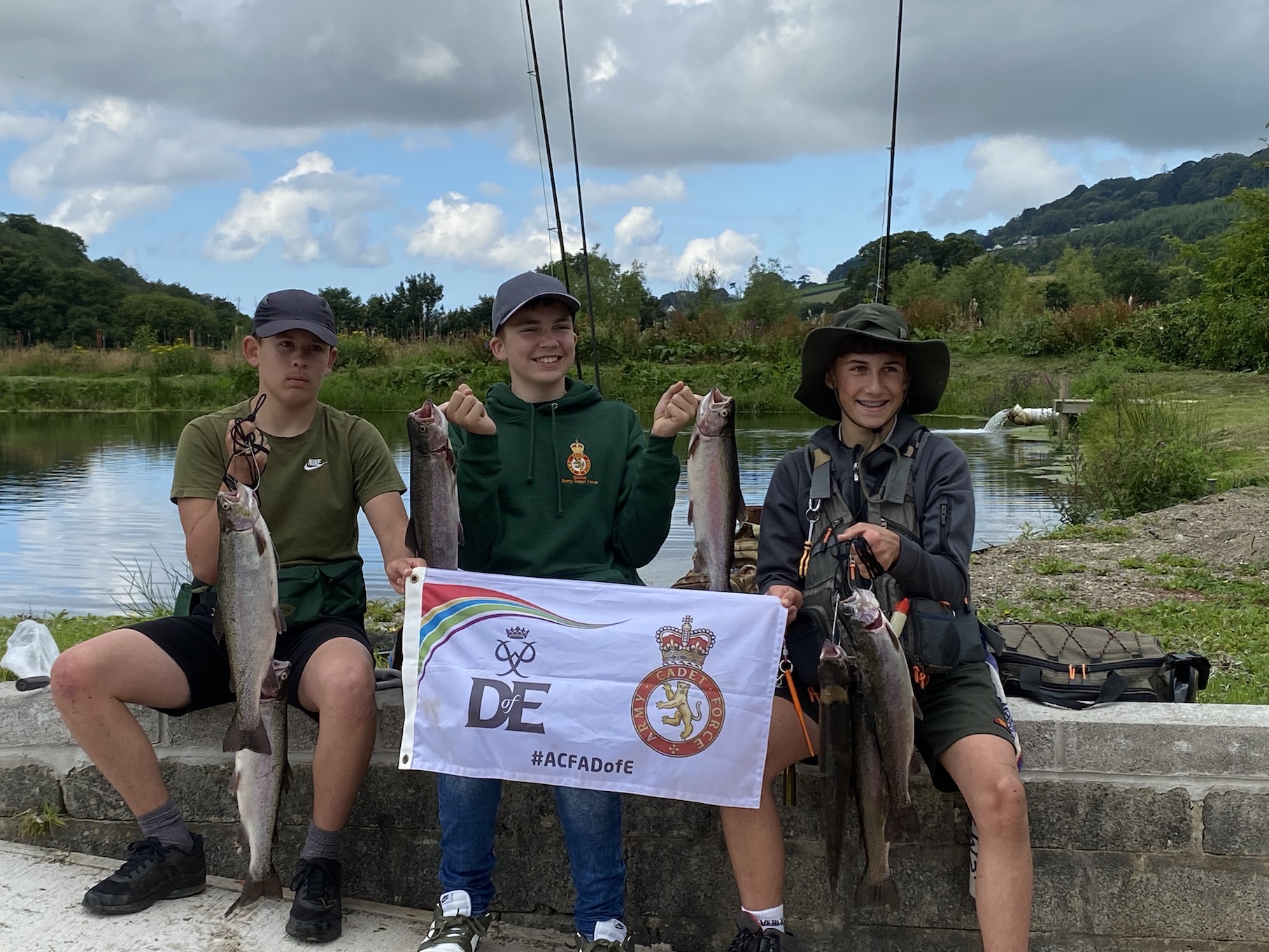
Unfortunately, 2 of the lads couldn’t make the day due to other commitments but the 3 that attended had another great day and all caught hard fighting fish that were in superb condition, Nigel kindly rounded of the day for us with a detailed tour around the stock ponds giving the lads an insight into how a trout fishery is run.
2 of the lads were so impressed they said they will be returning with their parent for another session.
Special thanks also to Colonel Ashley Fulford for supporting me and providing first aid cover.
Last year I put an ask on Facebook to anyone that had fly tying materials or equipment that was surplus to requirements, the response was incredibly and although I thanked everyone personally at the time I just wanted to say thank you on here for your support, the materials, rods and reels have all been put to good use and helps use teach these youngsters at no cost.
Thanks to Geoff Mitchell, Claire Gilbert, Molly Vince and another gentleman that lives at Century Corner, sorry couldn’t remember your name, thank you all so much for you support.
All in all, a very successful coarse, thanks to everyone involved.
Tight Lines Lt Trevor Cook
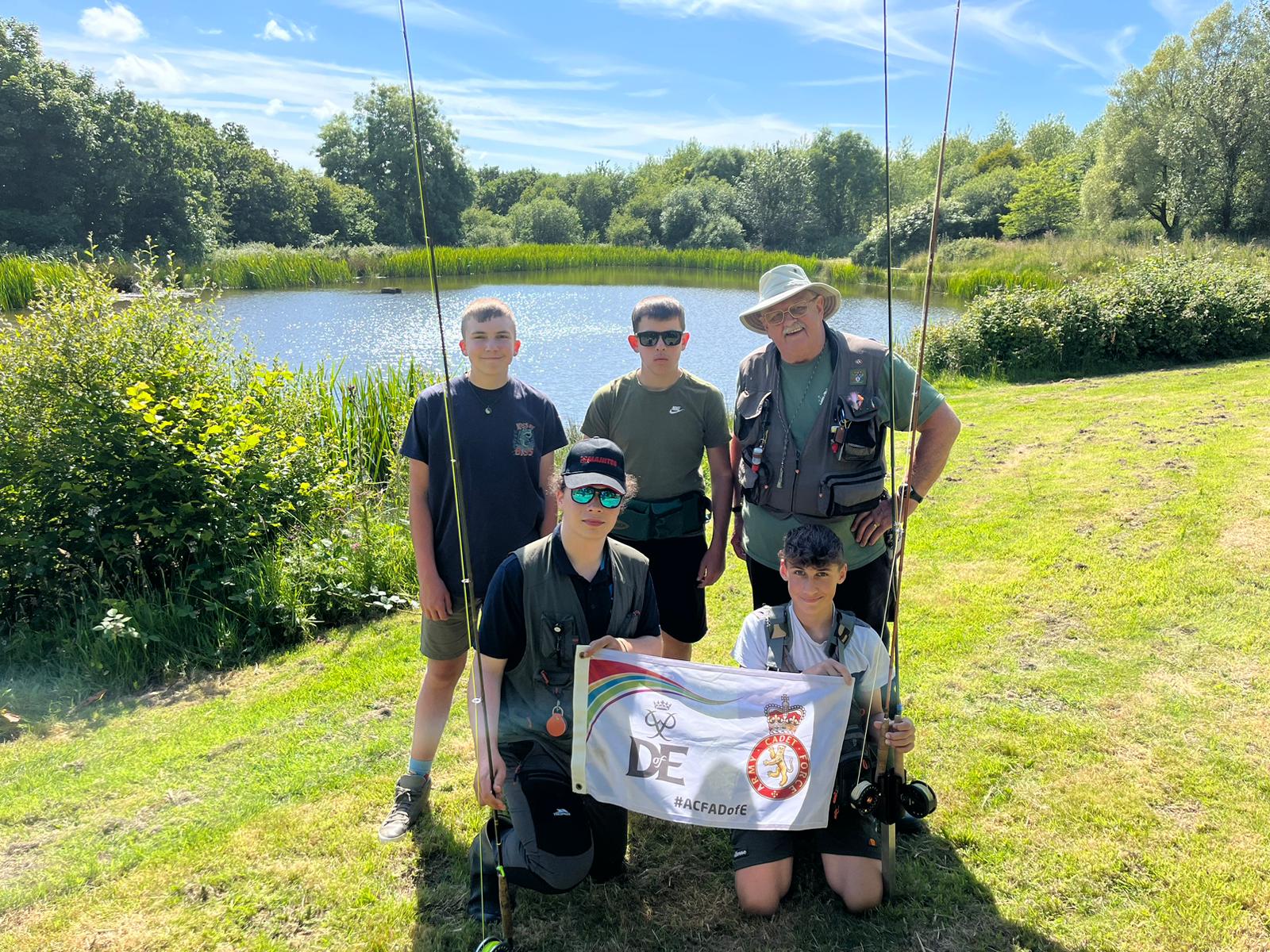
July and August are generally difficult months for the Stillwater Trout angler so I did not have high expectations when I joined half a dozen members of Wistlandpound Fly Fishing Club at Wimbleball Reservoir. It is however always a delight to get out on the water at Wimbleball with its tree shrouded banks, rolling pasture and abundant wildflowers.
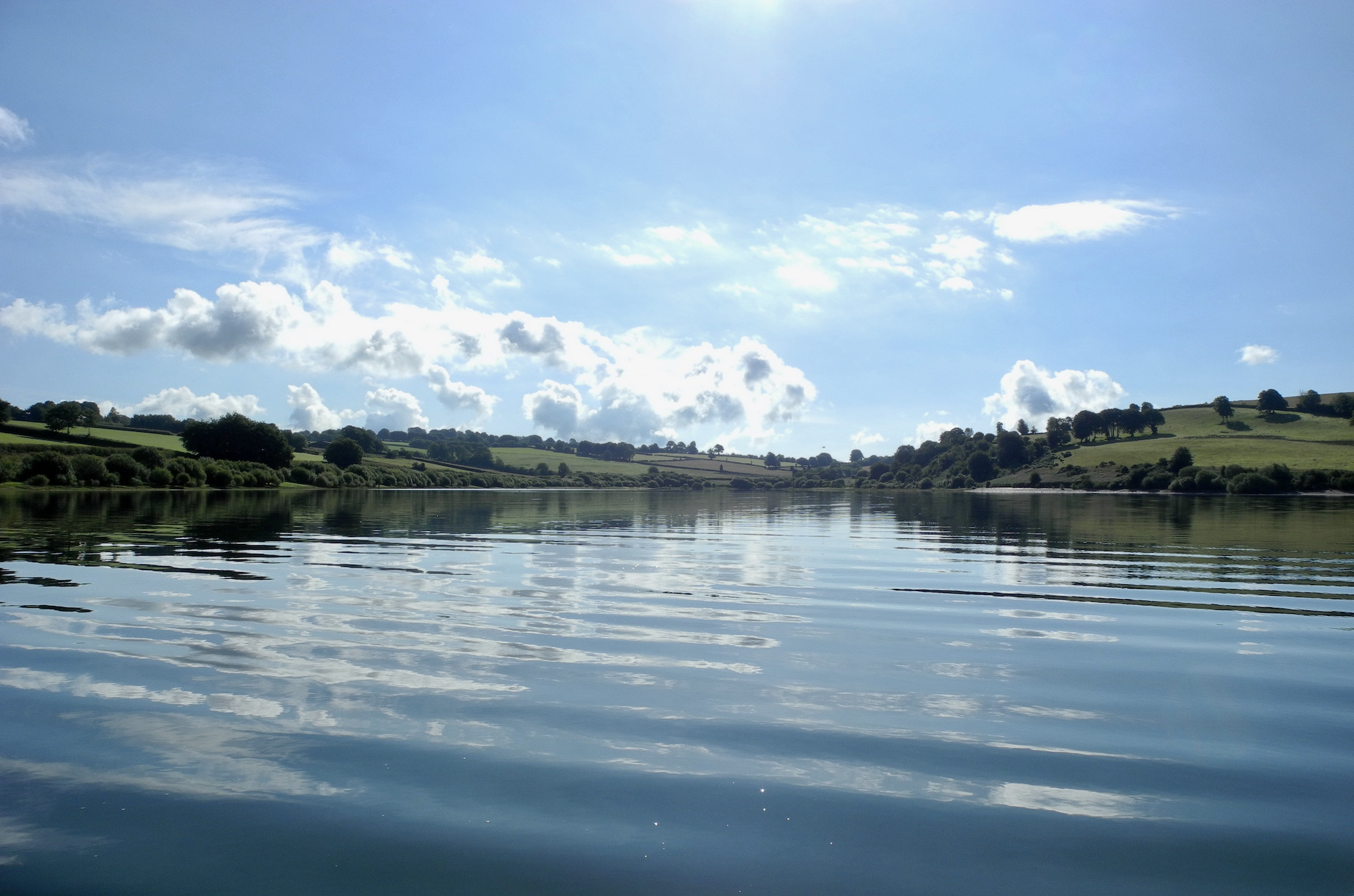
The lake was mirror calm when we arrived at the boat pontoon with light white clouds drifting across the summer sky. My boat partner for the day was Andre Muxworthy a long time member of the club.
We set off from the pontoon at around 9:00am and headed for the deep water off the dam an area that tends to hold fish during the summer doldrums as the fish seek the deep cool water.
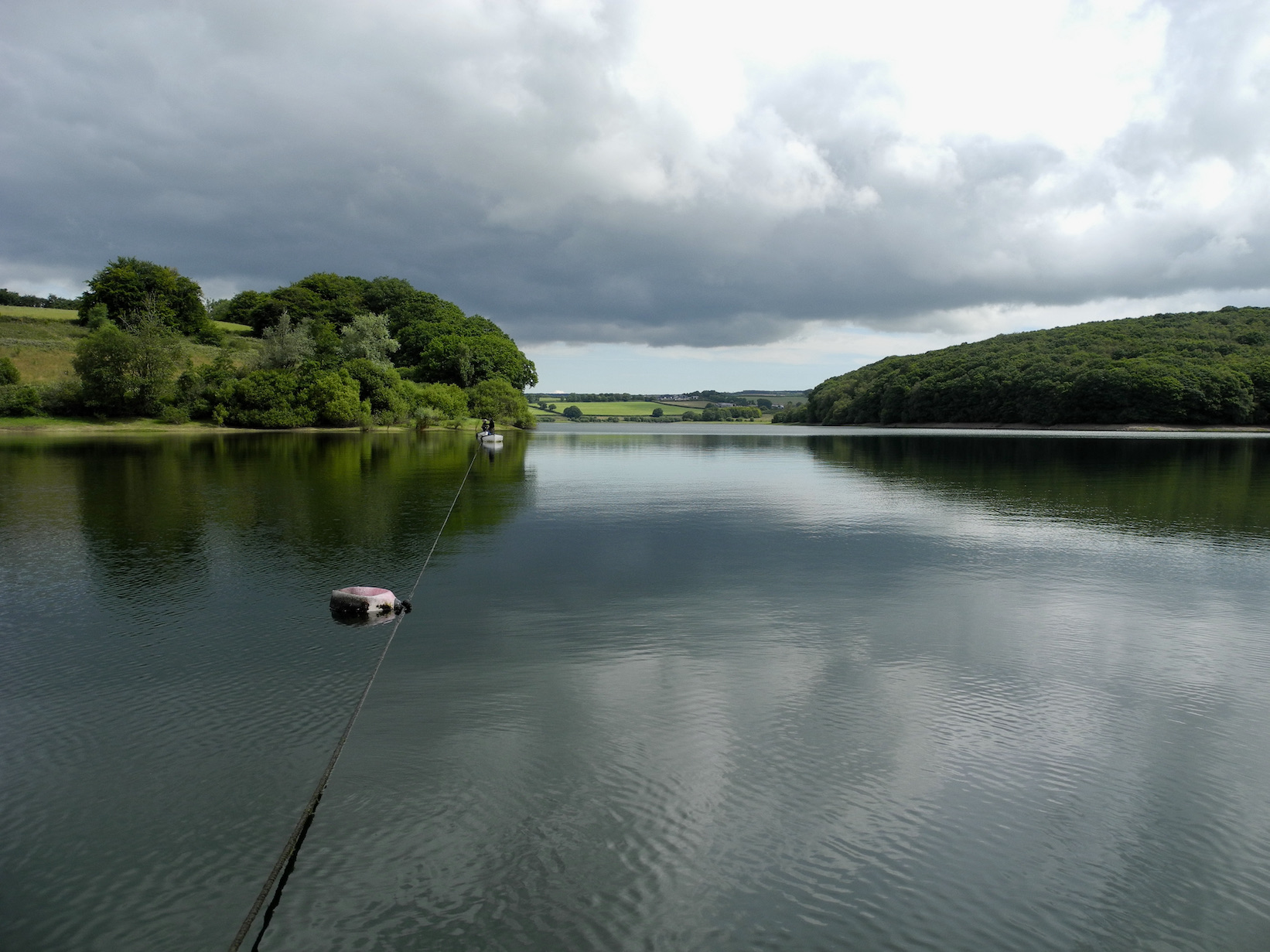
I set up a fast sinking Snowbee Spectre Fly Line and fished a yellow damsel on the point with bright blob on the dropper. Andre used similar tactics as we set about exploring the deep water.
After twenty minutes or so Andre was first to connect bringing a nice rainbow of around 4lb to the net. The occasional fish was rising but I felt that most fish were likely to be deep.
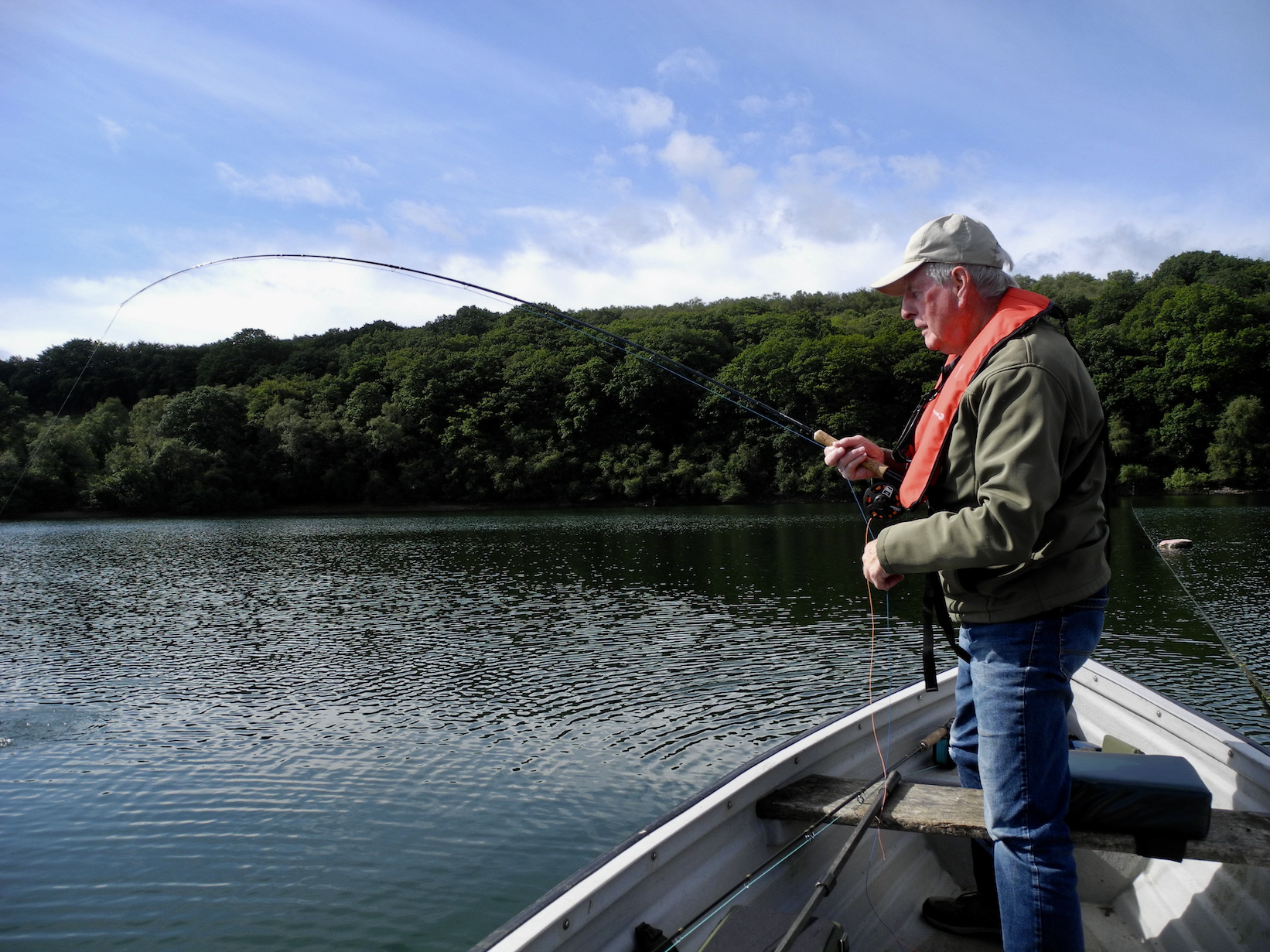
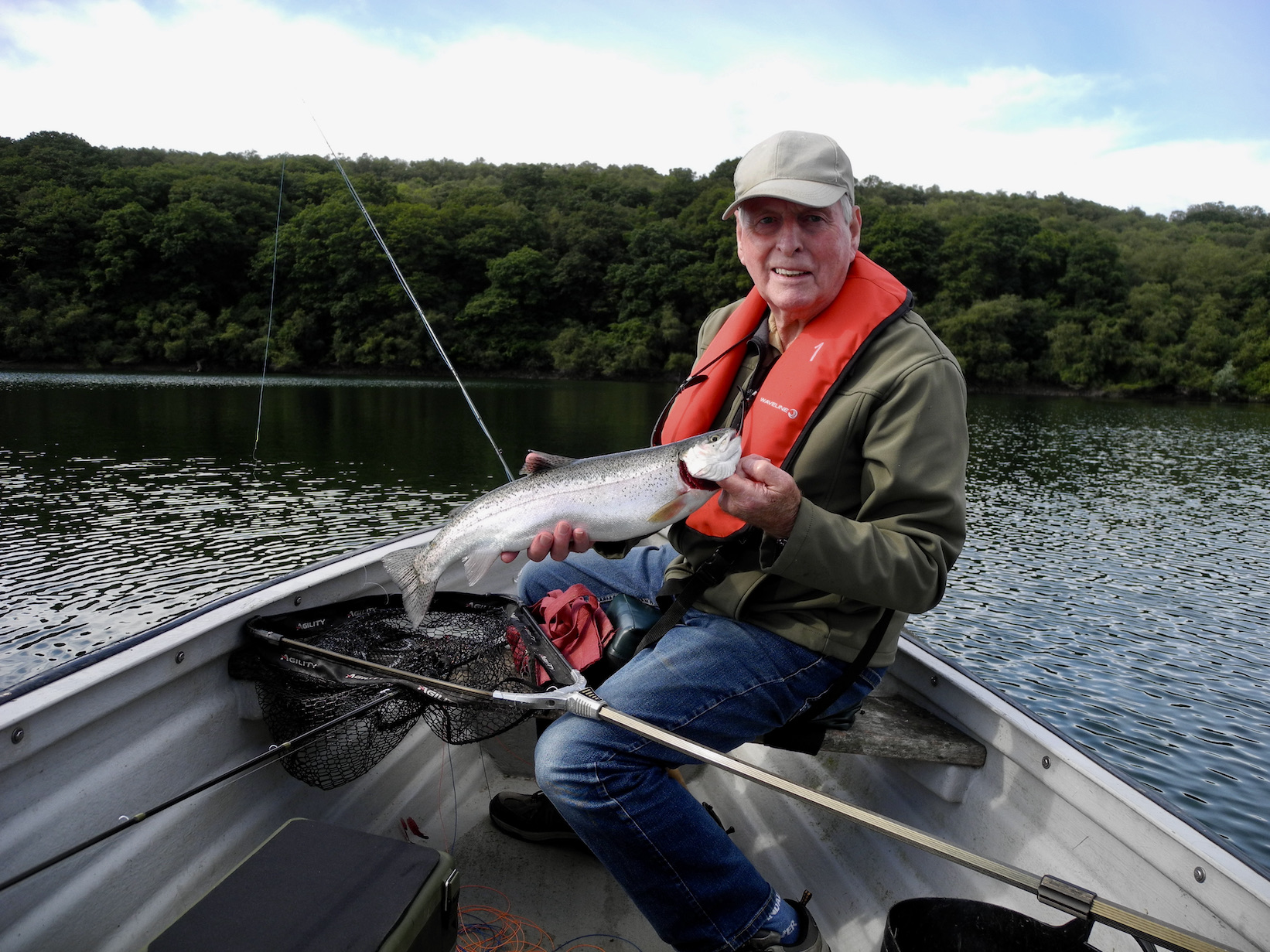
I cast out allowing the flies to sink for 30 seconds or so before commencing a pacy retrieve. The hardest part of any days trout fishing is getting that first take. It took another twenty minutes before the line zipped tight as a good sized rainbow smashed into the fly. After a good battle a 5lb rainbow was safely in the net.
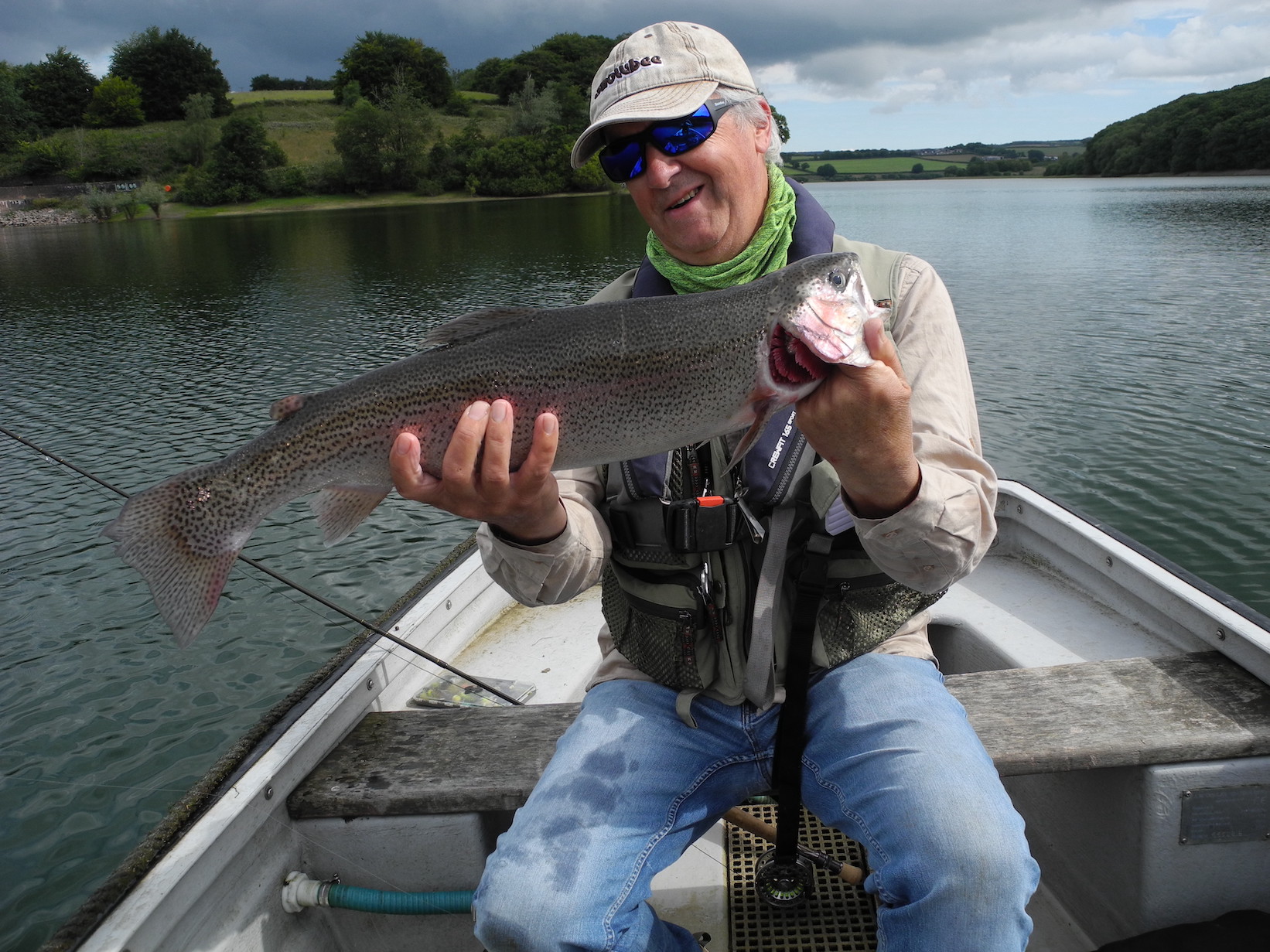
This proved to be the smallest of the three rainbows I brought to the boat during the day. The biggest a fine fish of 5lb 15oz with another of 5lb 5oz. All fish fought hard with the best fish taking me well past the backing. I also got broken by one fish that hit the fly hard leaping out of the water several times after breaking free. Other members also lost fish despite using 8lb b.s tippets! Two other fish came off and I glimpsed one absolute beast of a fish following the fly to the side of the boat.

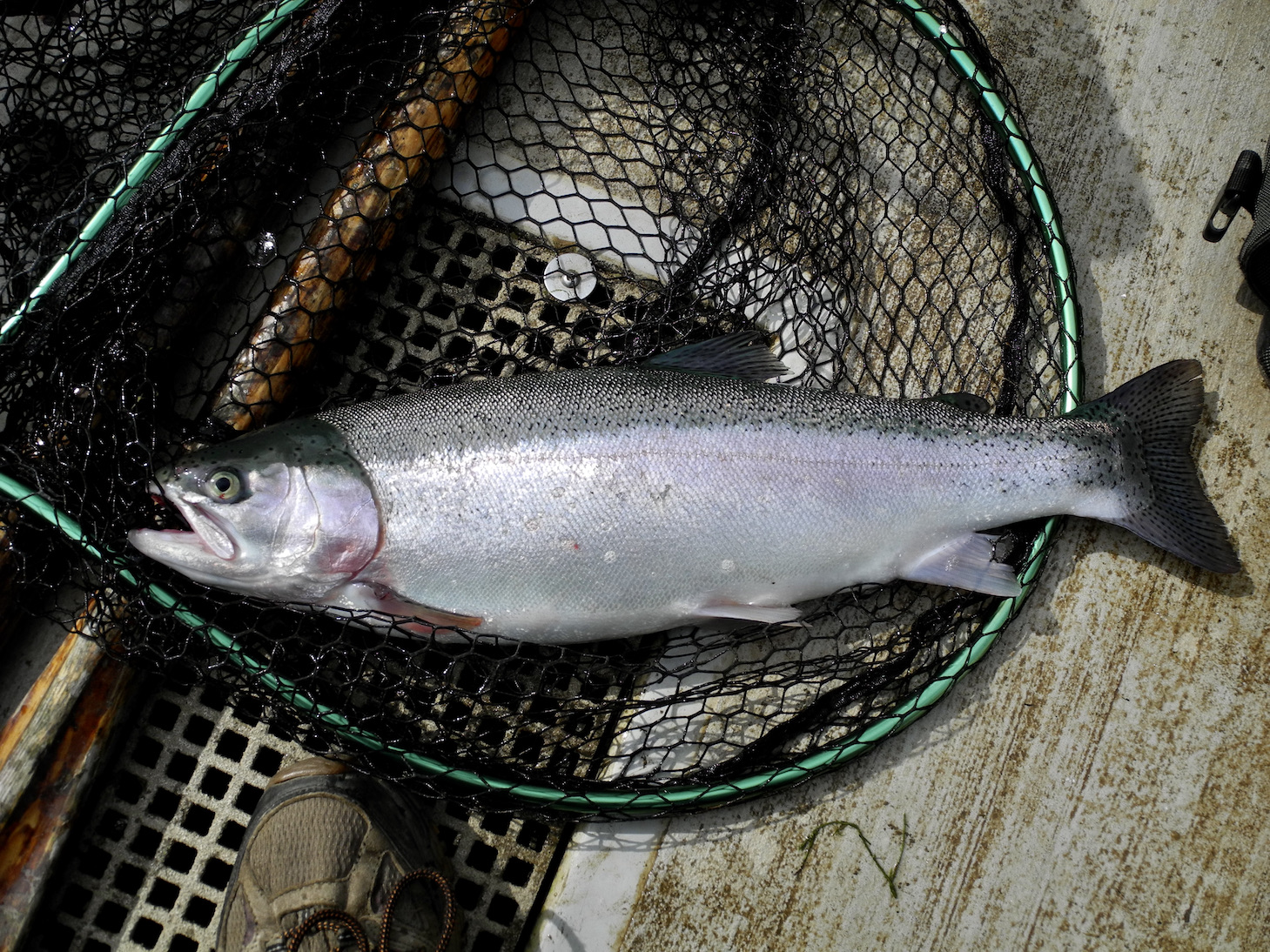
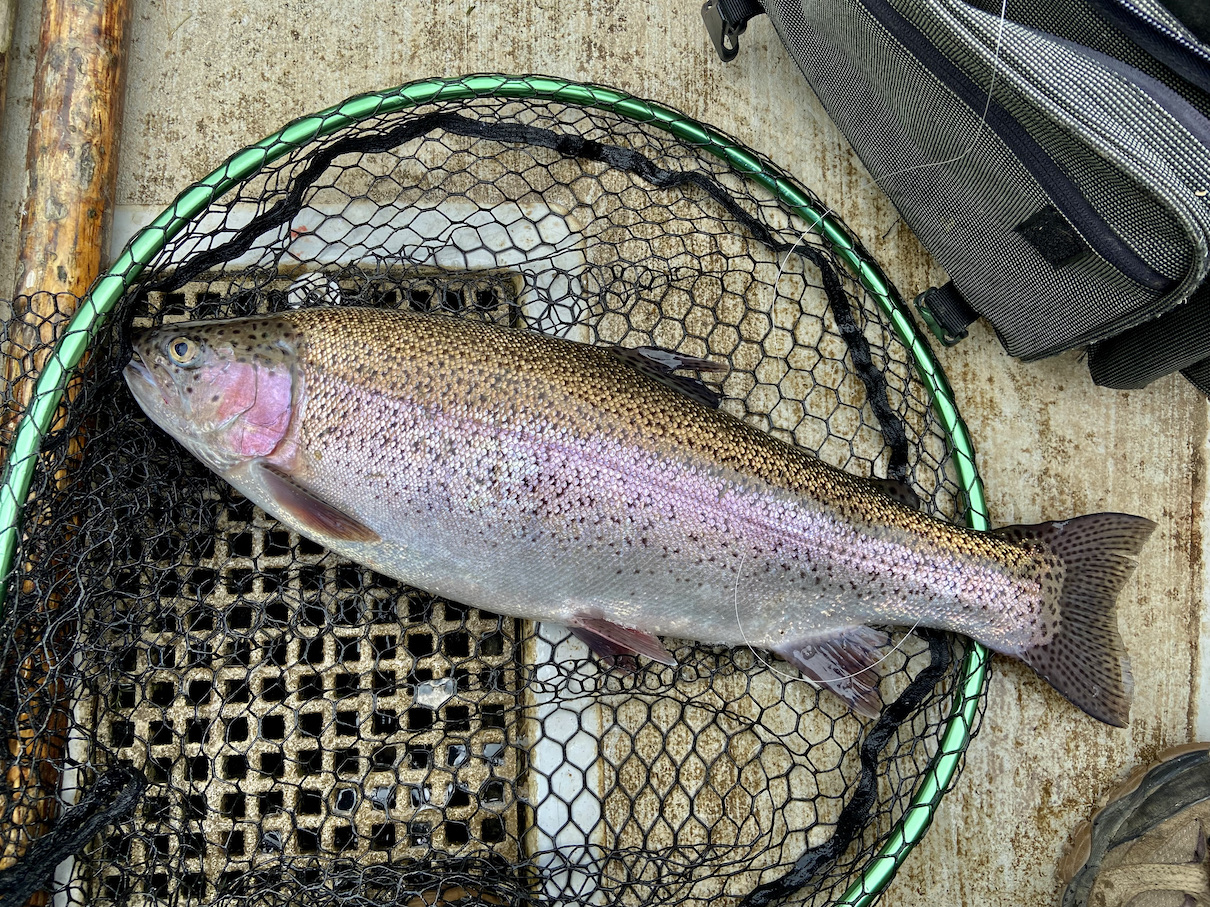
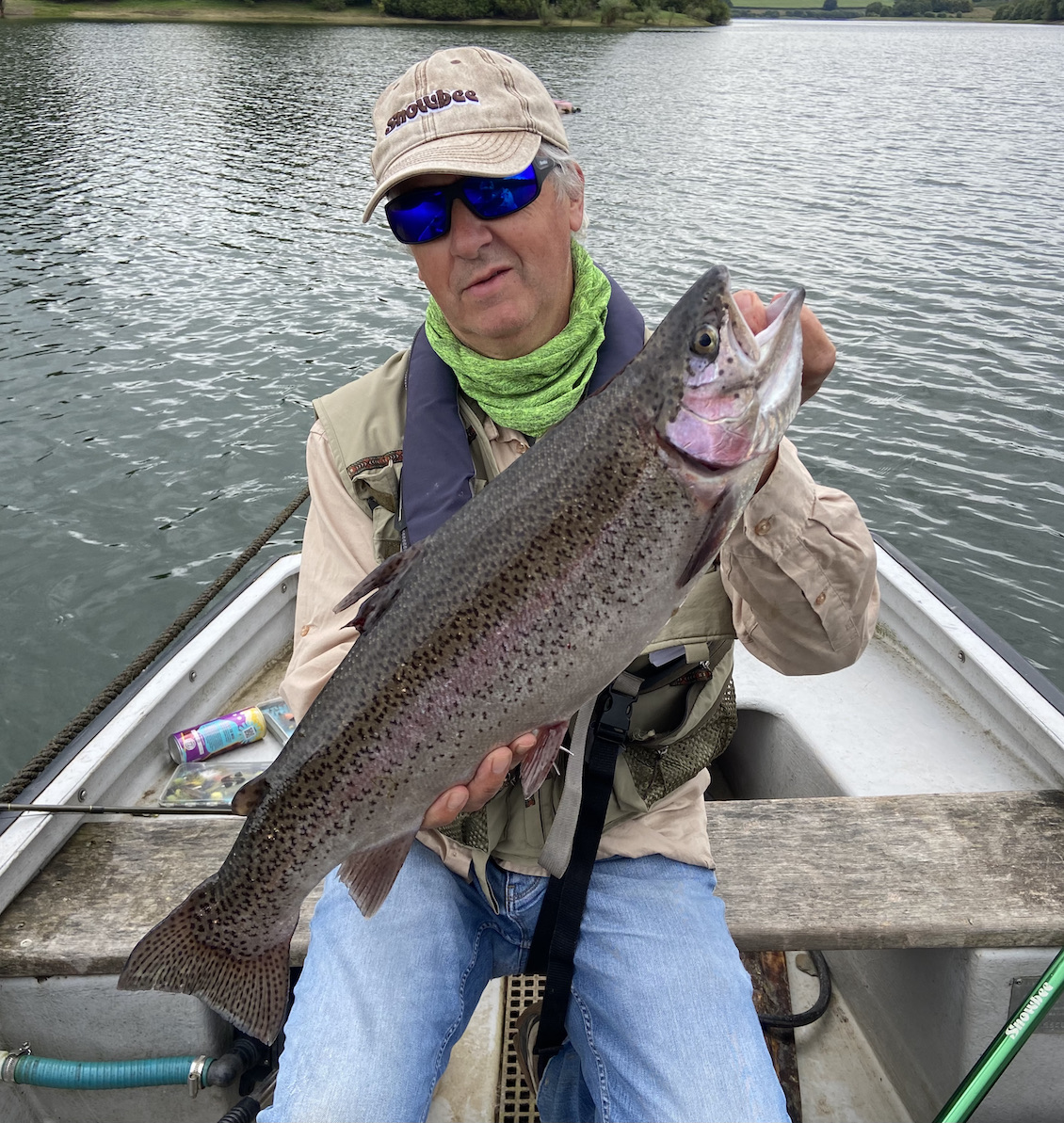
Andre caught consistently throughout the day boating four trout and losing a couple.
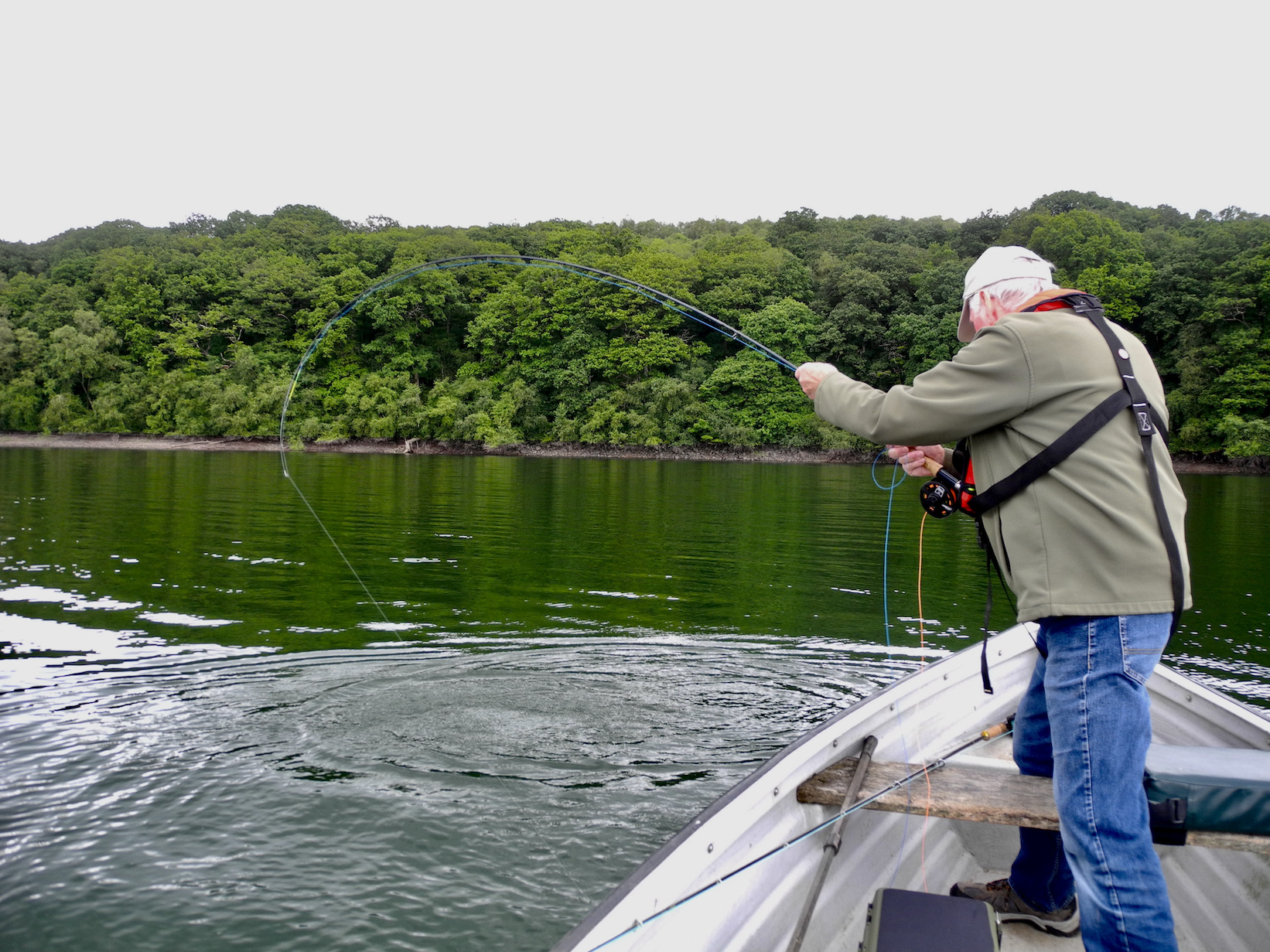
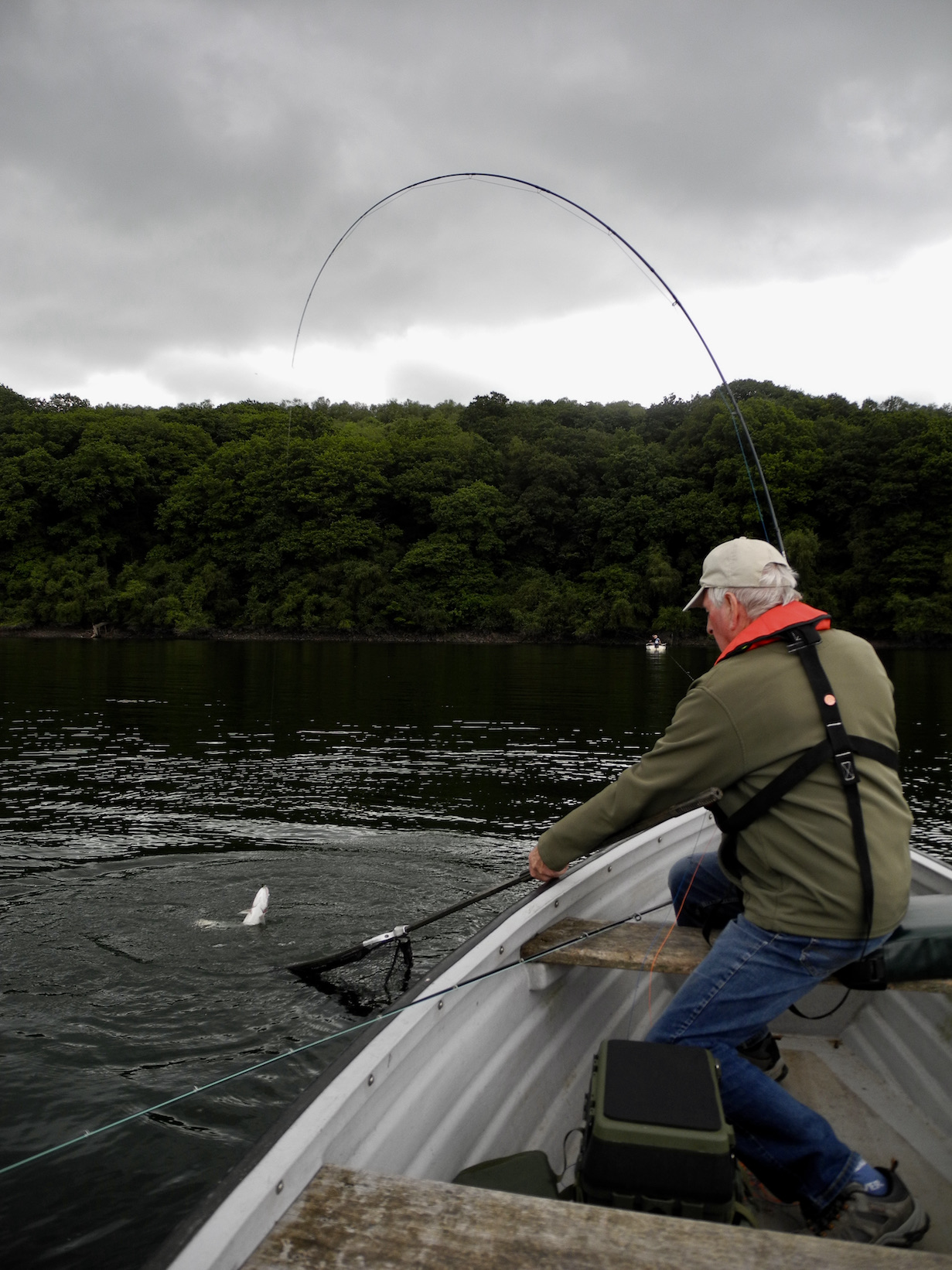
As always the fishing time ended all too soon and we headed back to the boat launching area for the competition weigh in. The full result below.
An excellent days fishing not easy but it seldom is during the months of July and August when fishing early and late is probably the best bet. The quality of the fish is outstanding as my winning weight testified with three fish for 16lb 5oz.



Barnstaple Bait and Tackle Opens on Saturday July 13th ensuring that Barnstaple anglers continue to have a well stocked tackle shop to visit for all their needs. I called in to the shop prior to its opening and chatted with Chris who is full of enthusiasm for the new venture. The shop carries on the legacy of Quay Sports where Chris was the manager. A wide range of bait and tackle from well-known brands is stocked. The shop caters for Coarse, Carp, Sea and Fly Fishers. It is essential that anglers use all of our excellent local tackle shops that provide far more than just bait and tackle. Friendly advice, a social meeting hub and convenience add value not found on line.


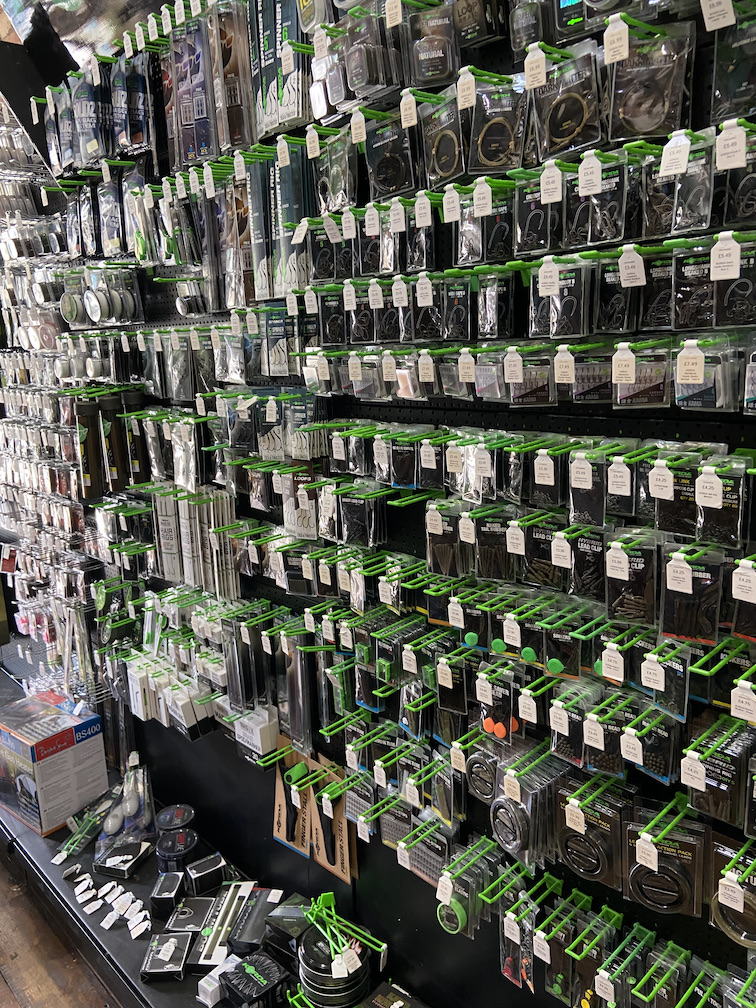

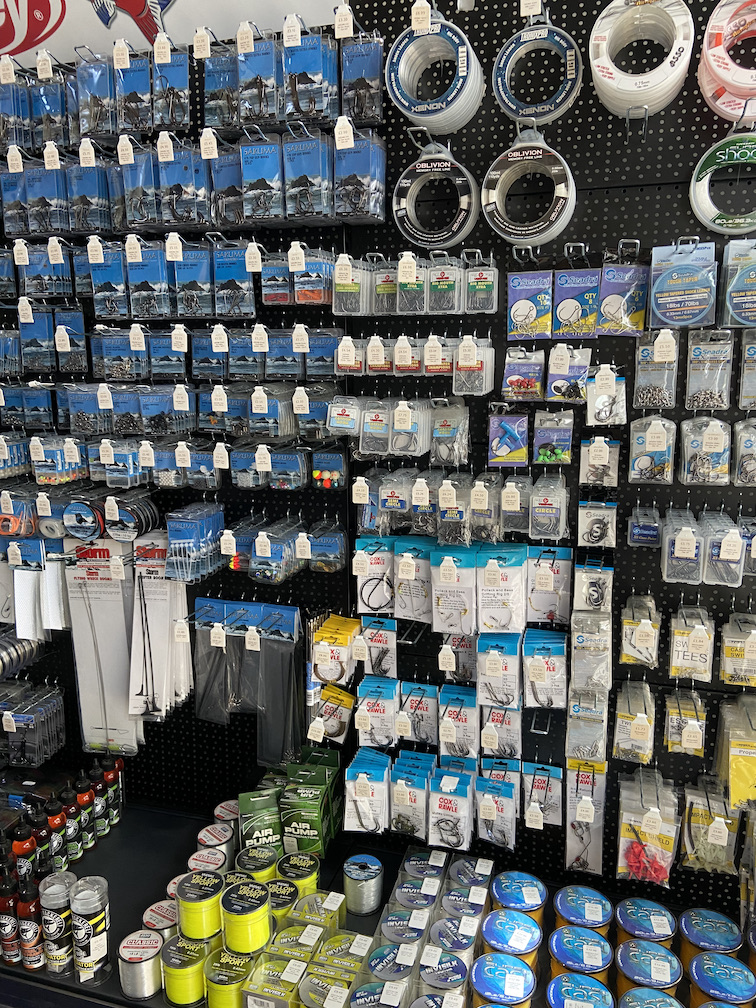
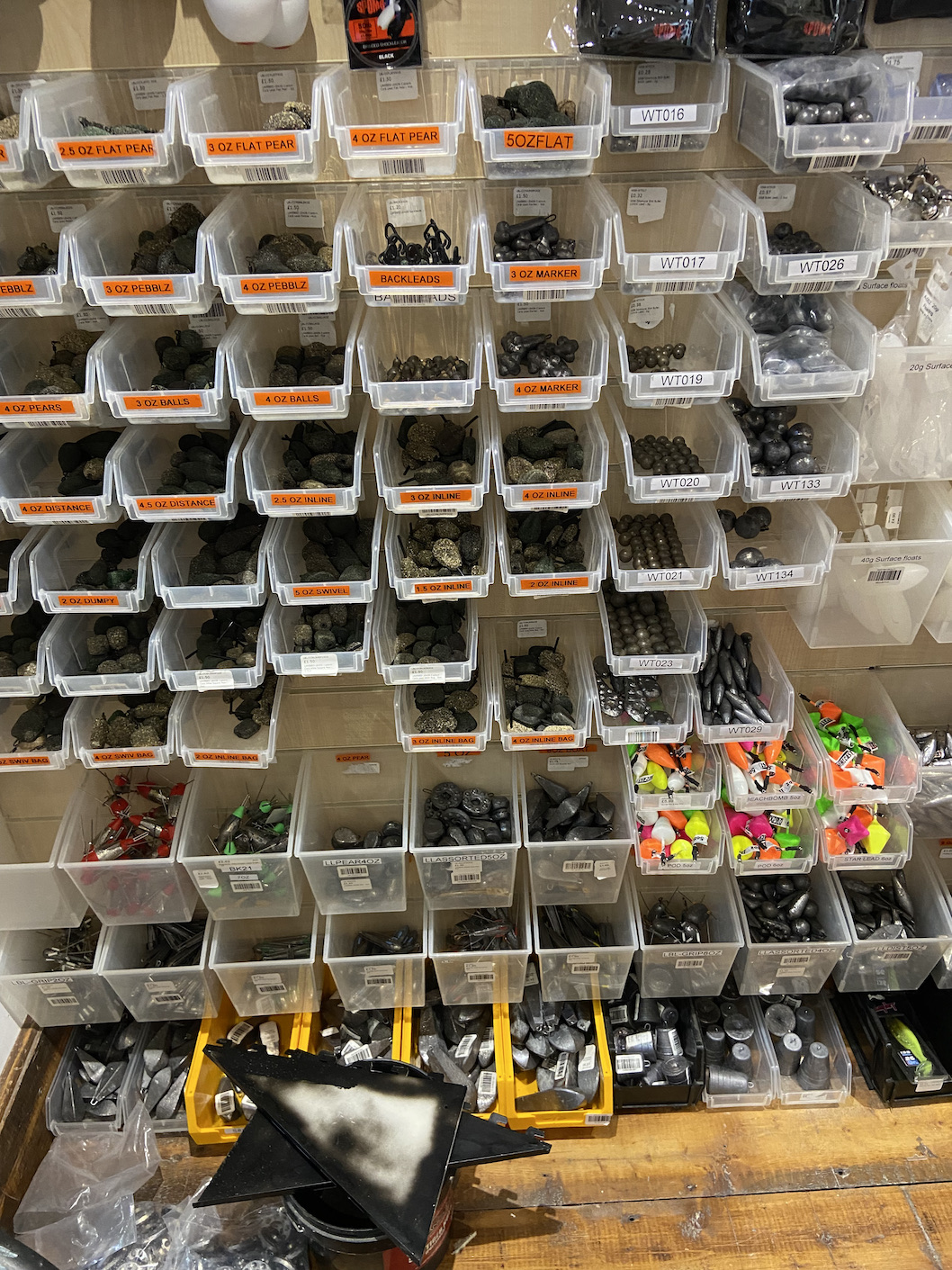

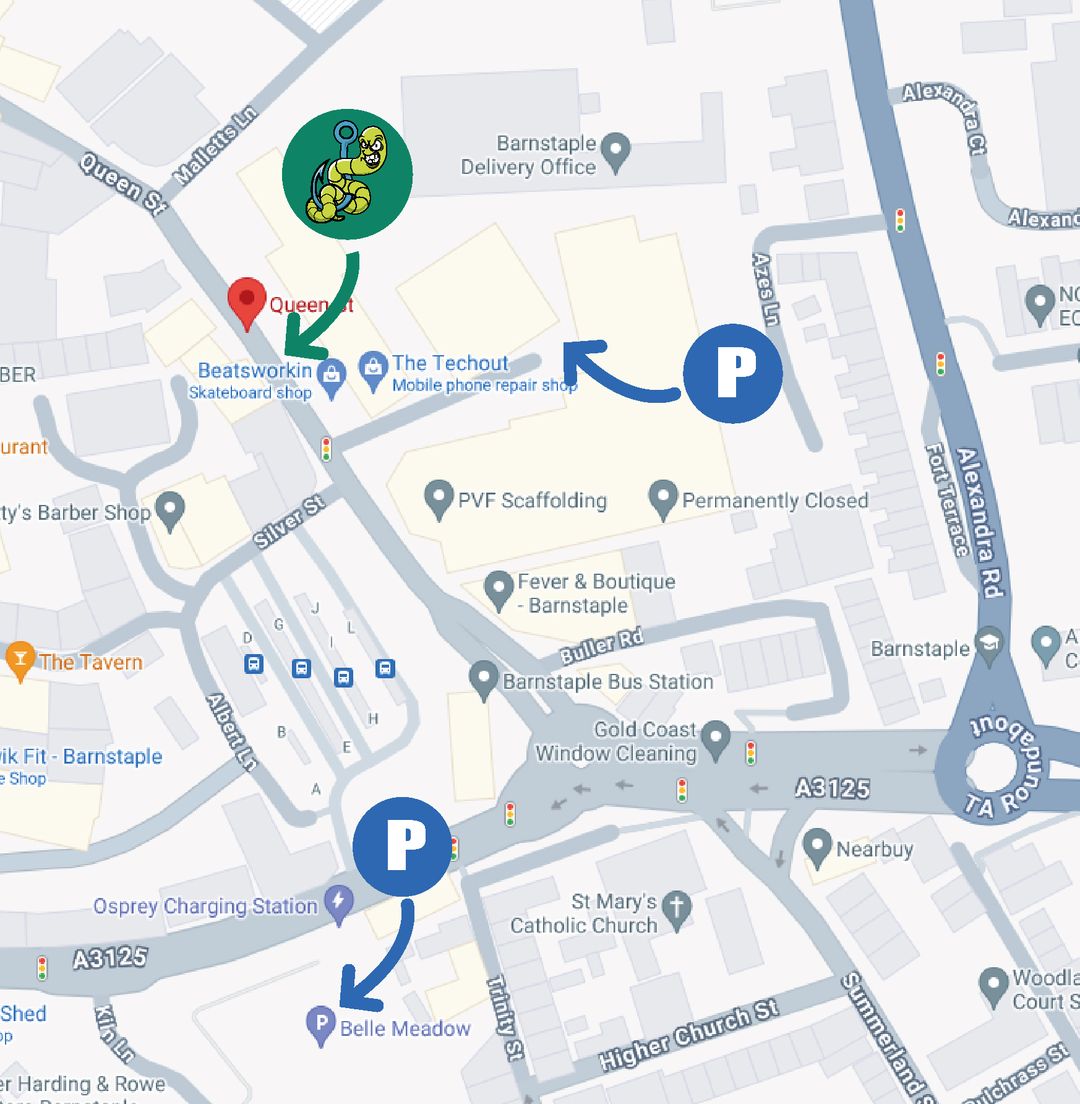


The regions rivers are still fairly low despite recent rain with small rises. Each rise brings the hope that a few salmon and sea trout will show but results are disappointing. To some extent of course catches are partially a result of reduced fishing effort and if anglers become disillusioned by a lack of fish and stop fishing then reports of fish dry up compounding the bleak picture.
Paul Carter tempted this superb looking wild brown trout from the River Taw. Paul was hoping for salmon following a small rise in the river following localised heavy rain. The numbers and size of brown trout in our rivers is a beacon of hope for the future showing that many of the problems regarding migratory species is related to survival at sea.
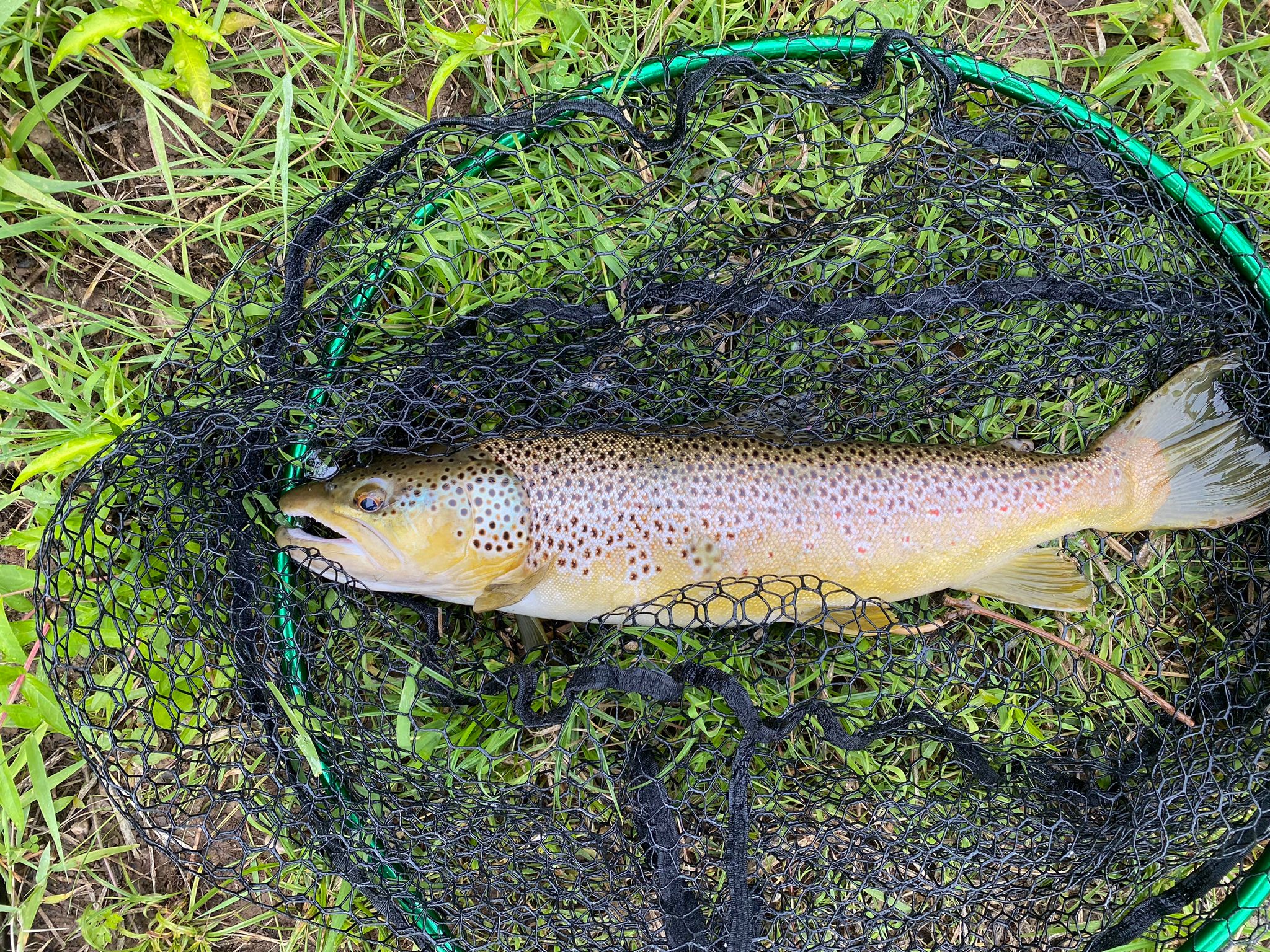
See below report from Don Hearn`

BARNSTAPLE AND DISTRICT ANGLING ASSOCIATION
NEWBRIDGE MID SEASON REPORT 5th July 2024
A difficult start again ,Too much water and now too little has resulted in just a few Salmon caught but more worrying ,hardly any sea trout. A few were caught on lures in March as expected , The Taw always seem to have a good early run of larger fish but It has been very quiet since..The Brown trout fishing is however thriving in lower waters and good fish up to and even over over 2lb have been reported .It seems more anglers are targeting the trout these days as the Salmon fishing becomes harder. It’s never easy anyway but the more you are there the luckier you get! At present the rain and tides have given the river a lift and it seem anything could happen on any visit. A 32” est. 13lb fish was taken by our Bailiff David Winter last week ,2 other smaller fish were caught earlier .and More are showing this week. A few sea trout have been caught and it is picking up but you have to lose your beauty sleep to find them. Interestingly, a few good size roach have been caught on a fly lately and it’s a reminder of the great roach fishing that used to exist on the Taw. The club has engaged again this year with the South West Rivers Trust regarding a Shad survey. This protected species has returned to the Taw after many years absence and has become an item of great interest. Any report of Shad either spawning, caught or found dead would be appreciated. Dead fish found should be retained if possible for collection (freezer) as the trust need evidence of spawning fish. This can add to the rivers status and it all helps in protecting our waterways, which do of course need all the help they can get these days.
Collection of Shad samples can be arrange by calling
Don Hearn on 07779619042
We were expecting support work , rock sacks etc, to be done to the banks alongside the railway swirlpool . This was supposed to start 16th June but apart from a few marking post nothing has happened. I will try and get some dates from the contractors and keep everyone posted as it may be a bit disruptive in that area for 2 weeks while the work progresses.
The club would like to thank you all for the continued support and hope a fish of a lifetime is waiting for you at Newbridge.
Don Hearn
Riverkeeper
Newbridge
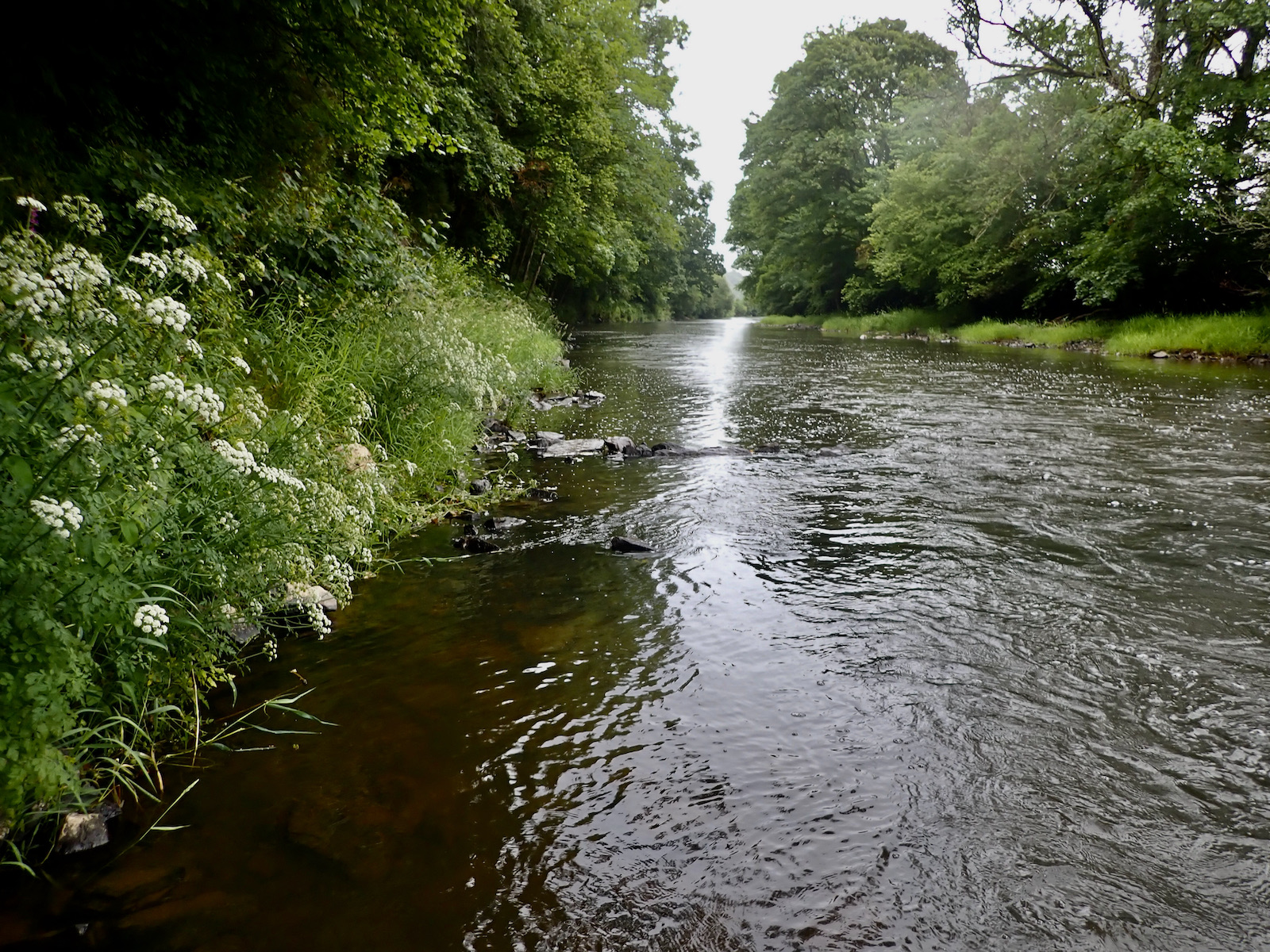
I have made very few visits to the river so far this season and when I have visited I have been concerned at the lack of fish showing. The rocks within the river are very slippery and there is considerable sediment present which should clear to some extent when we get a big spate. The river is as always a pleasure to visit and you never know what success a visit will bring.
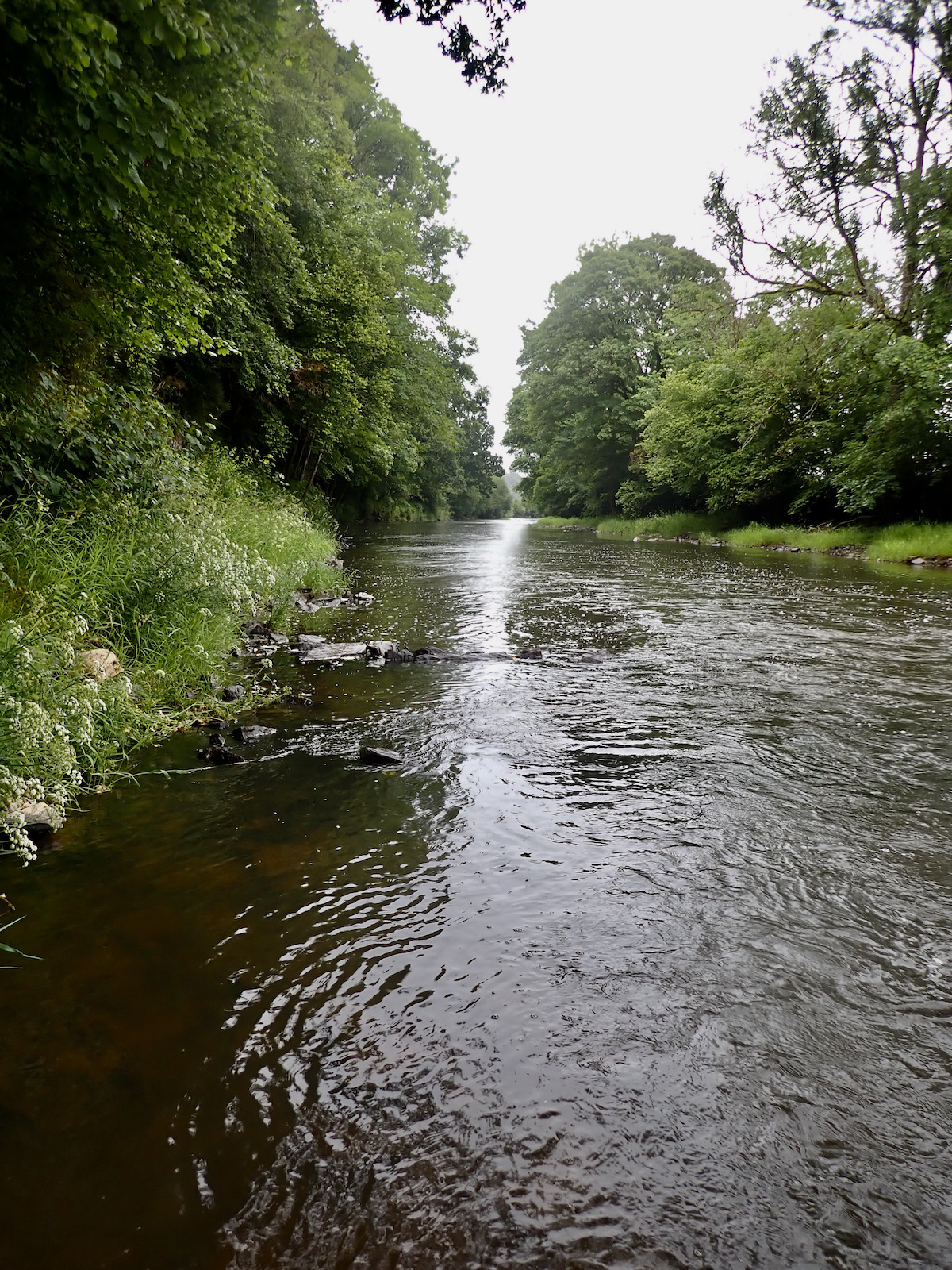

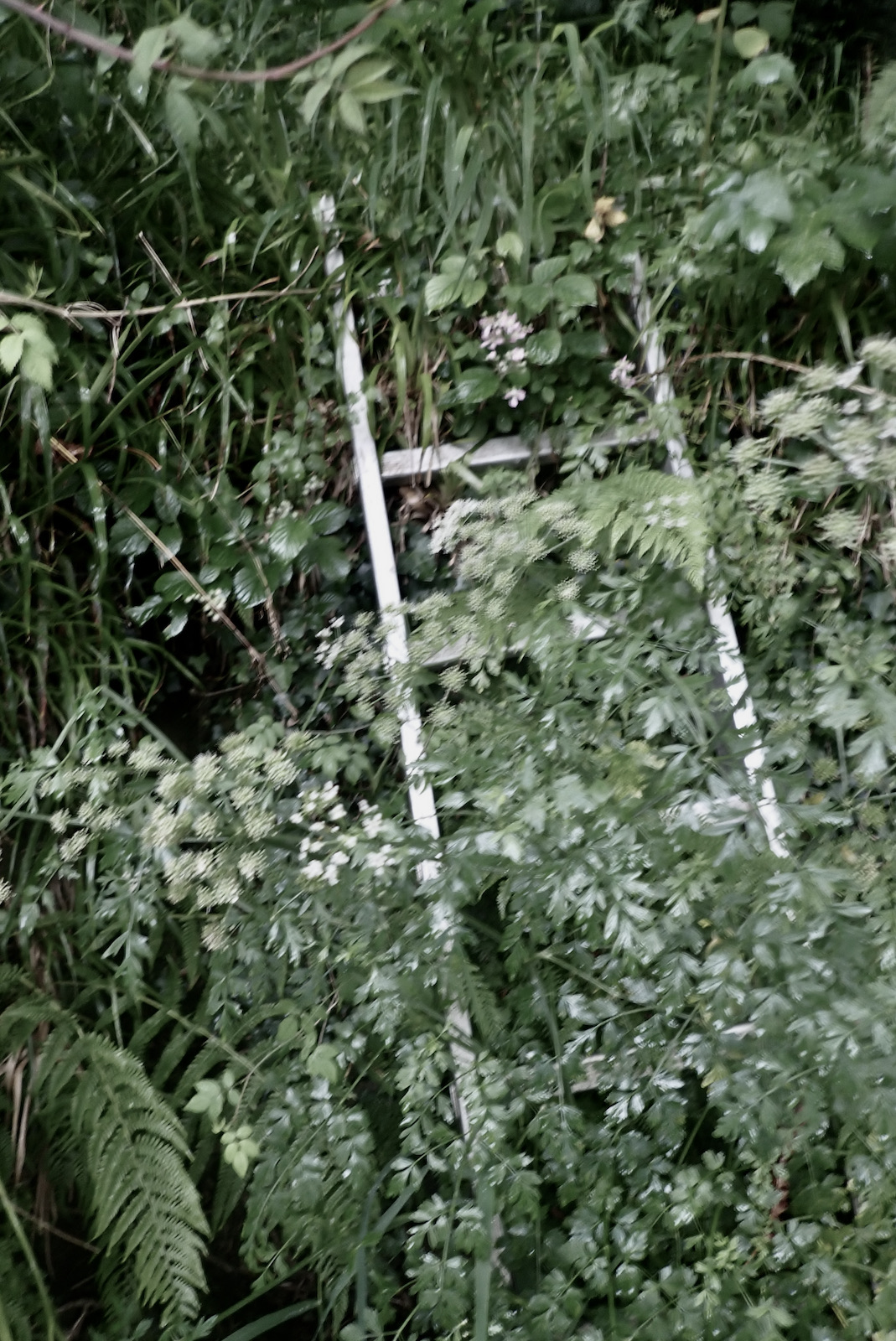


The facts are indisputable. Norwegian salmon runs are shrinking dramatically. The Norwegian Environment Agency says this year’s run is a lot less than half of what it should be – and that 2023 was 30% down on 2022. This is a long-term trend going back years.
The Oslo government’s response is to ban rod fishing on 33 rivers. And it seems likely this ban will spread, although the phrase fiddling while Rome burns springs to mind.
The root problem is that for decades wild salmon stocks have been negligently mismanaged by the Norwegian Government – a confession that’s missing from the finger-pointing list of guilty parties it blames for the collapse. Ellen Hambr, the Environment Agency’s director, says the big threat is climate change and then a range of human activities that include hydro and other river barriers, disease, commercial exploitation and last a bracketed after-thought; (fish farming) – the gorilla on the table.
Some Norwegians underscore this position (it’s the climate, stupid) by pointing to Sweden where there is very little salmon farming and a similar decline in the salmon run. They don’t mention that the almost land-locked Baltic Sea, home to Sweden’s salmon, is becoming a cesspit with a huge and growing dead zone caused by pollution. The Baltic is not a good place to be a salmon.
Climate change, to state the obvious, is universal. Warmer river temperatures reduce smolt size which in turn increases mortality and reduces the numbers returning successfully to sea. Once back in the ocean, the record-high temperatures in the North Atlantic suppress food chains and further impact salmon growth and health. Salmon are an indicator species for climate impacts and, for this reason, their future looks grim.
So we need to act on climate, but that’s not something Norway can do on its own. Cue hand-wringing and empathetic green tears. The poor salmon are victims of a global crisis, what’s a small country meant to do? Shrug,Sigh. More hand-wringing.
So what is the Norwegian Government up to? Why flag climate change, on which Norway has a decent track record but little influence, and treat fish farming as a bracketed afterthought?
As ever, the answer is money. Fish farming is a mainstay of the Norwegian economy. The Government licences an industry that produces half of all the world’s farmed salmon, worth $8b a year (2nd only to its oil and gas earnings). That’s before factoring in the benefits to the domestic economy. It’s not a business with a good track record in anything except generating profits. Last year the fish-farm mortality rate was nearly 63m fish (17% of the total stock). Would you trust these cowboys with your river? How about a chicken farm?
Sea lice, the major by-product of salmon farming, don’t restrict themselves to killing millions of farmed salmon. Many of the fish pens are in Fjords that connect ocean-run Atlantic Salmon with their home rivers, bringing wild fish into contact with farmed lice. According to the Norwegian Institute of Marine Research, fish-farm lice killed an estimated 50,000 wild salmon in 2019 – as many as 30% of the run in some rivers. Since then, fish farming has grown.
Aquaculture has devasting impacts on wild salmon populations and it’s the gorilla on the table the government can’t or won’t see.
Closing rivers can help, and it delivers a financial body blow for fisheries, hotels, guides and all the small businesses that depend on their summer trade from anglers. However, their collective contribution to Norway’s economy is about US$1.25b. A drop in the Atlantic when compared with the wealth-generating fish farms. So no prizes for guessing why wild salmon are sacrificed to keep their farmed cousins in business.
The ban on the 33 rivers is open-ended, and it is assumed it will remain in place until the stocks show sufficient recovery. This could be never, because if Hambr is right and it’s down mostly to climate change, then closing a handful of rivers won’t improve anything much. If, instead, the government curbs the shit-show fish farms then there can be a significant revival, albeit within the context of slower long-term climate decline.
The choice facing the Norwegian government is simple. It can carry on with business as usual and hurry the wild salmon into marginal irrelevance, or it can improve it’s own act. And it’s not just the fish farms that fall within their purview. Take Catch and Release: In 2023, 51,000 out of the 70,000 rod-caught Atlantic Salmon in Norway were killed. What’s that about?
So the bottom line for saving the Atlantic Salmon is money, and the Norwegian government won’t achieve anything much until it reigns in its multi-billion $ fish-farming money monster. Meanwhile, I’m hoping the gorilla on the table will finally throw a temper tantrum and bloody some noses. We can but hope.
There is one small consolation: For the fish that successfully make the run up-river this year the prospects are good. River flows are healthy and, so far, water temperatures are lower than in recent years. The conditions are favourable for those fish that make it to the redds. And in 33 rivers there will also be, because of the bans, more returning smolts for the sea lice to latch onto. We can thank the Norwegian Government for that.
